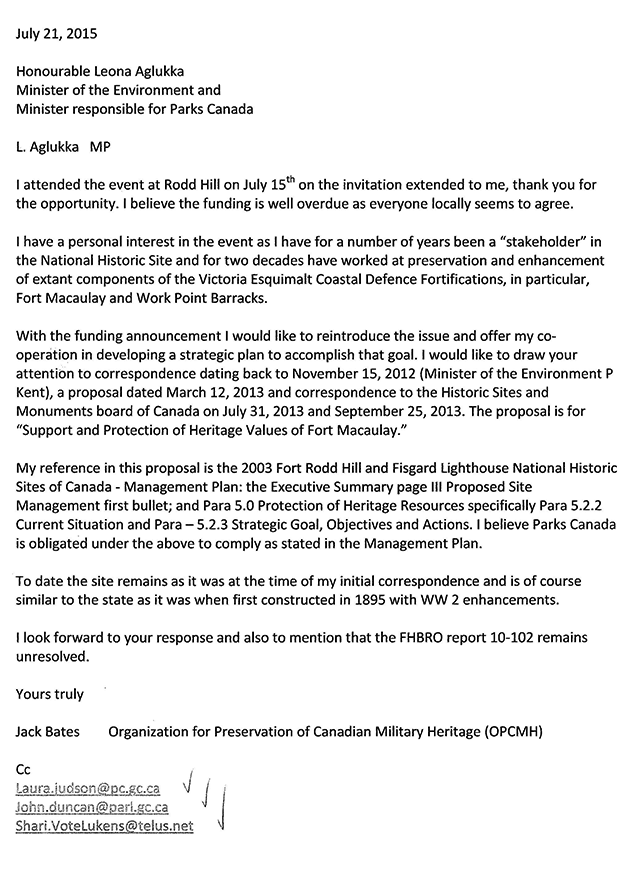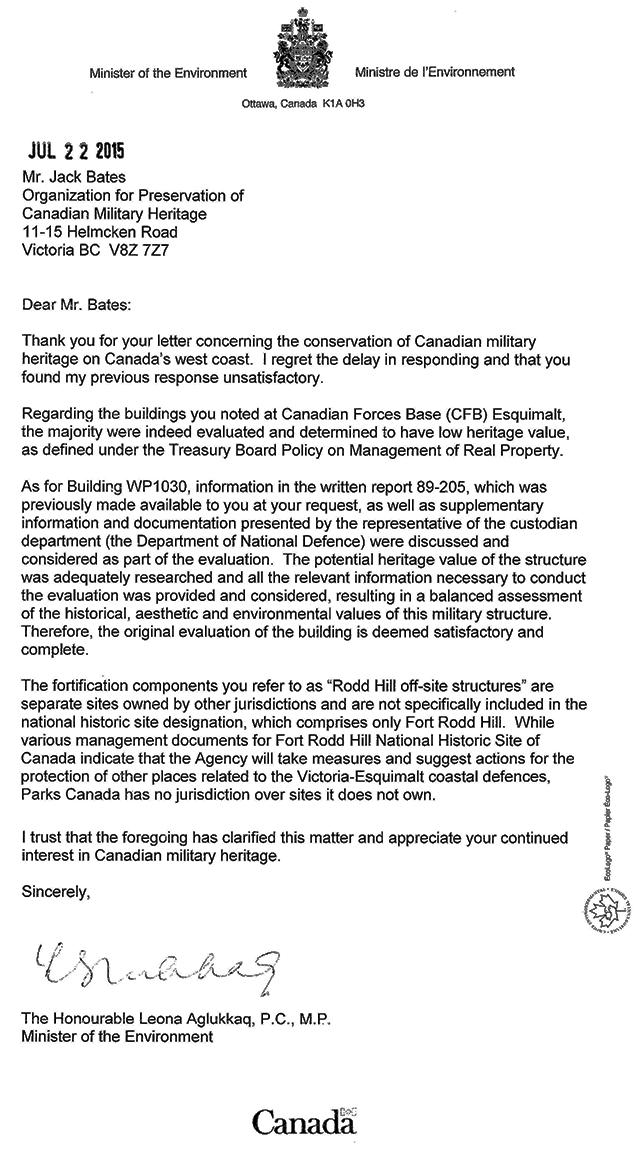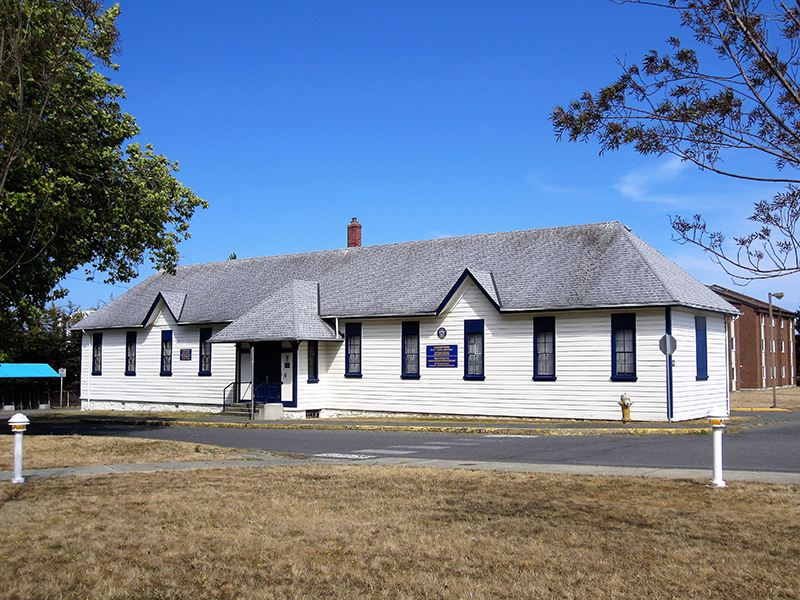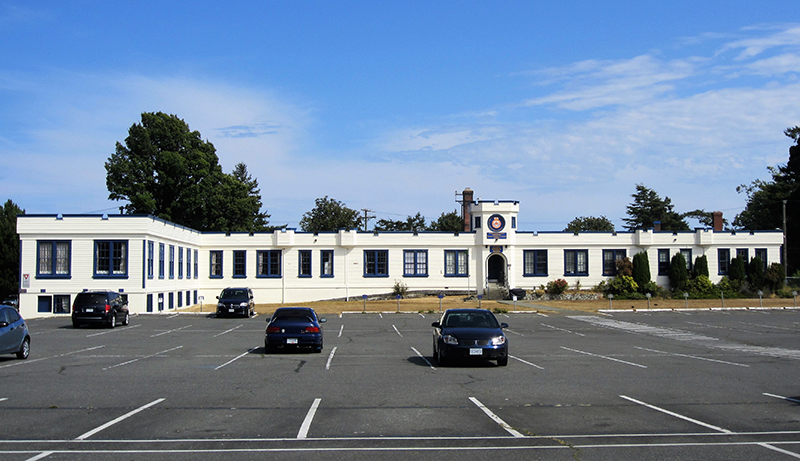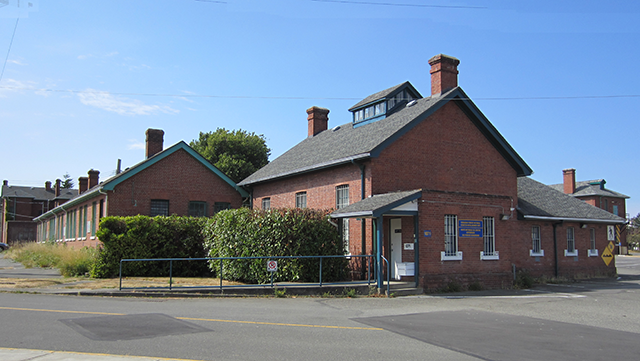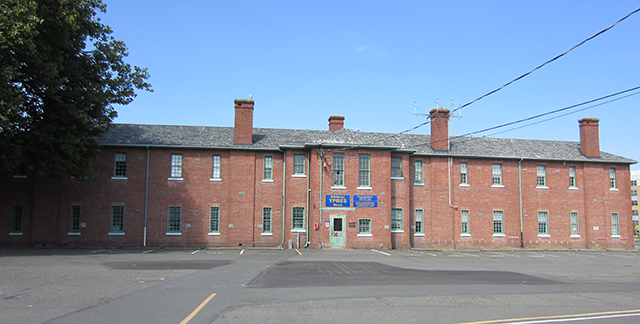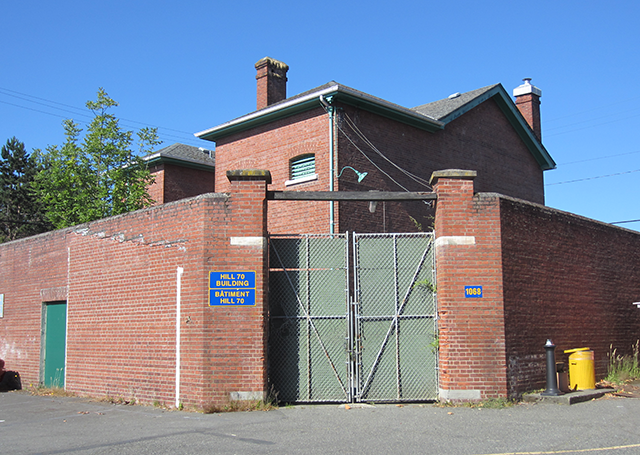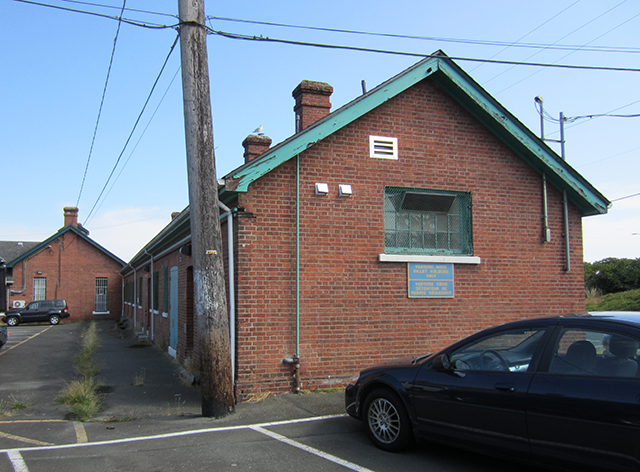 |
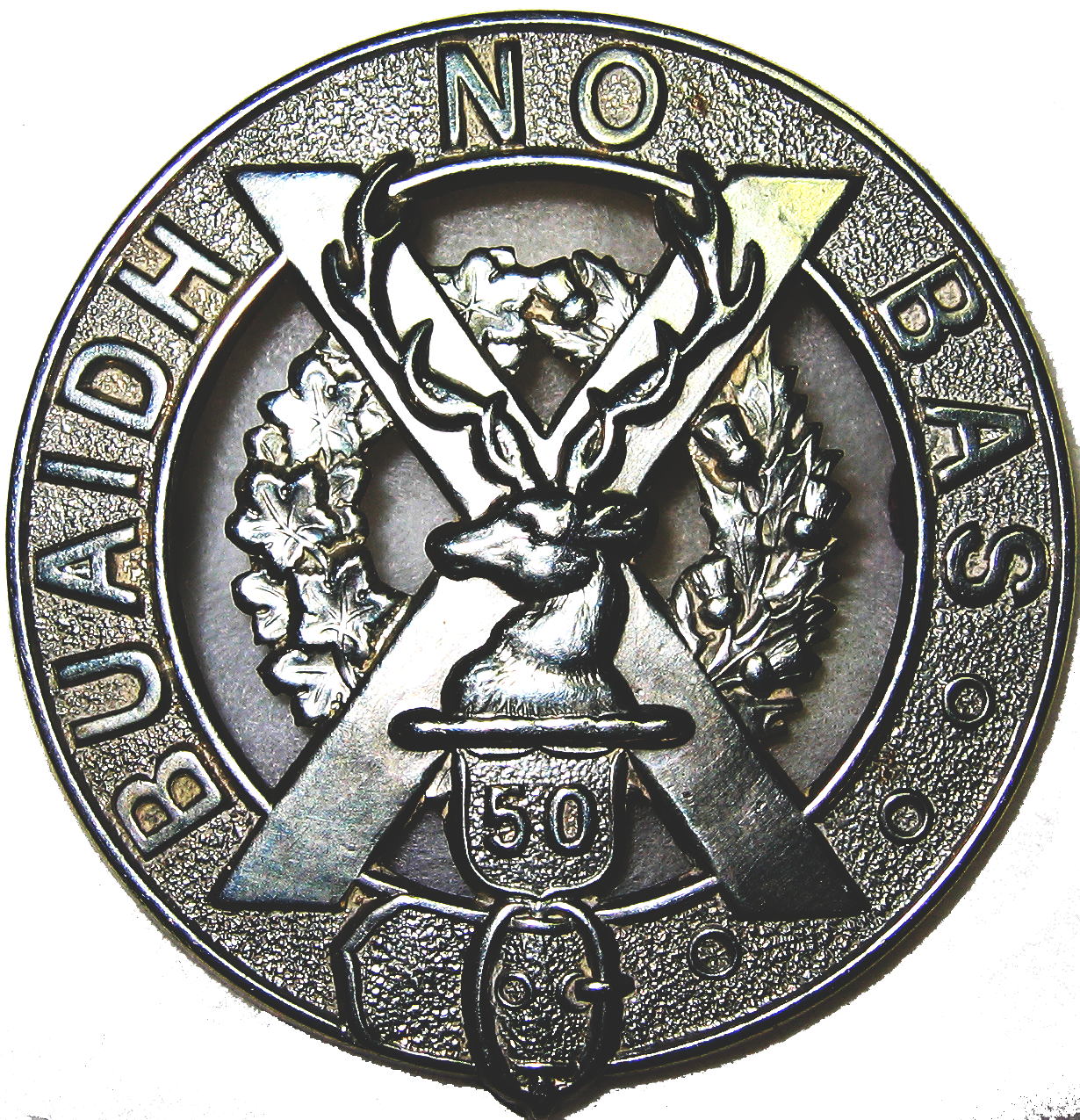 OPCMHVisitor No.: |
HISTORY OF WORK POINT BARRACKSby Jack BatesPART 10 — 1995 to 20222015January 1, 2015 As we enter 2015, this enterprise may at some times appear to be a diary, this is somewhat by design but also a reactive way of keeping track of the proceedings involving Work Point and its related extensions, both through infrastructure and personal associations. January 23, 2015 I had arranged to visit building 1020, invited Colin MacLock, escorted by Lt. Harry Learning of Venture, and guided by CPO2 Tim Cotey of the Fleet School, we toured through the building including the 1941 wing. It was revealed that some of the basement wasn’t available due to “asbestos” concerns. 1020 is occupied for the most part by the Fleet School, the BOTC, currently 5th (BC) Field Regiment personnel, and other training programs. It has been renovated, and enjoys the advantages of oil hot water heating, either on or off, so they said. Unfortunately the exterior painting has not been maintained Using a copy of the floor plan from the 1974 Stephenson and Kellogg report, some of the rooms had been modified but most were as shown, with renovations for washroom facilities. There were no structural problems identified, all the windows and venting were functional, and a portion of the basement visible through a stairwell trap door showed remains of the 1898 original stone rubble foundation. A fireplace in room 101, the CO’s office, was quite intact with a screen and appeared to be capable of containing a fire, the chimney from the outside seemed normal. A recent ceiling problem in the same room 101 had been repaired. We could not determine from this visit the location of the office of Lt. Col. Joan Kennedy, first Commanding Officer of the WW II CWAC, which originated at Work Point Barracks in building 1020 on August 29, 1941. All signs were that the building was rebuilt in 1918 after the partial 1917 fire. Apparently some of the effects of the fire spread to the roof of the adjacent Officer’s Mess, visible when the Mess was demolished in 2006. VICTORIA NEWS VILLAGE LAID FOUNDATION FOR ESQUIMALT The Township of Esquimalt had its roots just to west of the main entrance to HMC Dockyard. The original Esquimalt village was a small settlement of civilians, naval and merchant marine personnel. While the Royal Navy and merchant ships had made use of deep waters of Esquimalt Harbour as early as late 1830’s, it was not until 1865 that the naval base was officially made permanent by the Imperial Order in Council ensuring a future for the fledgling settlement. The village entered on Wharf Street, which ran north and south from the harbour to what is still today, Hospital Road with residences clustered to the south-west on Plumstead, Carden, Haig and Crittle Streets. Renamed Pioneer Street in 1917 to respect its early importance in local history, the street offered services and shopping to the citizens of early Esquimalt and members of the Royal Navy. Directories, spanning several decades, show a variety of amenities. Restaurants such as the Royal, general merchants and popular hotels like the Ship Inn, the Globe, the Rainbow and the Esquimalt (aka the End House), provided the necessities of life. In addition to boat works and an iron and brass foundry, two laundries, operated by Lung Yick and Soue Kee, kept everyone in “good nick” while the post office in McAllister’s Store and the number 4 streetcar provided communication with the outside world. The village also has a place in aviation history. Canadian Airways established a seaplane airmail and passenger service in Esquimalt Harbour. Operating out of the basement of the Esquimalt Hotel, the office and waiting room provided direct access to the seaplane jetty in Village Bay. History was made in 1937 with the first airmail flight from Montreal to Esquimalt. The Second World War brought an end to the village in 1941, the need to expand the naval base to meet wartime requirements resulted in the Department of National Defence expropriating all private land. Commercial and residential buildings were demolished and by 1942, the community ceased to exist. The last to go ? Somewhat fittingly , the Esquimalt Hotel. Heritage Week runs Feb. 16 to 22. This year’s theme is Main Street. At the heart of the community. Please stay tuned to Esquimalt.ca for updates on the Township’s salute to its historic Main Street, Esquimalt Road.
OPCMH Response from MND to November 23, 2014 letter.
The Lookout The Lookout kindly published my article on "Work Point Barracks 100 Years Ago" OPCMH Third letter to Mr. Rob Nicholson, M.P., Minister of National Defence, acknowledging our recent correspondence.
February 9, 2015 UNITED SERVICES GOLF LINKS There have been quite a few articles written about the United Services Golf Links in the past. Within this writing I hope to include all the information I found available to present the timelines, with a drawing for location of the holes and tee boxes, and some photographs of folks playing golf on the links. When the Royal Marine Artillery arrived in Esquimalt in May of 1893 to replace “C” Battery at Work Point Barracks, within their ranks were two officers who were golf enthusiasts. They were Lt. George Edward Barnes and Lt. Frederick Templer who pursued creating a golf course. Credit for the design of the nine holed golf links has been given to Hans Ogilvy Price, a stores department clerk at HM Dockyard and construction commenced in October of 1893. The Golf Links were operational in February of 1896 with the first Monthly Medal play, Naval and Military gentlemen and ladies participating.
In June 1900, a tender was issued by the Royal Artillery for the erection of a small pavilion on the golf links at “Macaulay Plains.” Also an article published in THE NAVY AND ARMY ILLUSTRATED ON June 30th 1900 expressed the advantages of being stationed in Esquimalt particularly being able to play golf at the diverse and pleasurable United Services Golf Links. There was of course the occasional interruption in play by the Militia and cadets during their summer camps at Macaulay Plains. Also, prior to and during WW 1 there was a constant presence of Militia and CEF troops south of Bewdley Avenue while establishing their units, training encampments and conducting exercises with horse drawn field guns. In October of 1919, a new clubhouse was erected, built by the able hands of the members at the corner of Lyall and Rithet (Macaulay) Streets, a most convenient location near the first tee box and the ninth green. Tournaments were also held between the three golf courses in the area at the time, the Colwood Golf Club, the United Services Golf Club, and the Victoria Golf Club.
A most interesting tournament was held on December14th 1920, called the “Tombstone Tournament.” “In spite of the disagreeable weather of Sunday there was a large turnout of United Services Golf Club players at the Esquimalt links on that morning, to take part in the tombstone competition, in which the first prizes were Christmas turkeys and the second cash. Doubtless owing to the weather conditions most of the players “died” comparatively early and tombstones were planted some distance short of the eighteenth hole. Miss Hardie won the ladies turkey and Mrs. Fairbairn was second. Mr. James Saviden survived the longest of the men and Mr. Meaking was next to him.” Conditions at the United Services Golf Club became a challenge, wandering cows and sheep, lack of maintenance particularly at the greens and the abundance of fairway rocks upset the members and prompted a change in 1922. Hence the Uplands Golf Club was created with a movement of membership to the new club. Also in 1927 the new Gorge Vale Golf Club was formed drawing any potential new members.
In 1935 the club couldn’t pay the taxes and eventually the land and premises were purchased by the municipality. They in turn leased the land back to the Golf Club for five years at $1,000 a year, likely under the new name, the Macaulay Point Golf Club. It had seen better days and didn’t survive in the 1930’s even though young “Eric” Wright mowed the fairways with a horse drawn tractor. Eric joined “B” Company PPCLI at Work Point in 1935, served overseas and returning to Victoria, he became a well - known golfer at Uplands, Gorge Vale and Royal Colwood Golf Clubs. He died in 2011.
In March of 1940, the course was reopened for soldiers in the Victoria district. The reconstruction had been supervised by WW 1 veteran Freddie Burns, the course professional for over fifteen years, and there was “just a small fee charged to the troops for playing the course.” Freddie eventually relocated to the Colwood Golf Club, and resided at 1131 Lyall Street when he died in 1969. In 1942 the golf course and club house were expropriated and purchased by the Federal Government and became part of Work Point Barracks, Camp Macaulay and Macaulay Plains in terms of reference. On September 2, 1986 all the lands at Work Point and the Macaulay areas were consolidated into one lot owned by the Federal Government, with the Department of National Defence remaining the custodial department.
A scaled drawing created in 1992 by Jim Findlay, a resident of Esquimalt at the time, shows the layout of the course including greens and tee box locations. Adjacent to “Golf Hill” you will see the open area likely the location of the 7th tee box, and I wonder who built the tree fort. One photograph of Col. Peter’s house on Smith (Peters) Street reveals a flag indicating the par 5 - 7th fairway in front of the house. It may be a surprise to see that the majority of the Golf Links were situated north of Munro Street partially on Macaulay Plains and continuing to Lyall Street, not actually at Macaulay Point. Although with Macaulay Point being a recognized rural address of geographical reference in the early days, it seemed logical to utilize the name.
The only reminder of the days of the United Services Golf Links/Macaulay Point Golf Club is “Golf Hill,” shown on all maps, now an abandoned WW II Artillery Battery, and your imagination of where the nine holes and club house existed. One civilian house remains in proximity with the golf course and that is the house at 1024 Munro Street. Once owned by Major George Sisman, secretary and neighbourhood warden of the Macaulay Point Golf Club for many years, it is in the background of a number of Macaulay Plains photographs. Other houses sort of “in play” were the “Jardine” house, 316 Anson Street; the “Buxton” house at 966 Bewdley Avenue; and the “Peters” house at 423 Peters Street, all three now a matter of history. Jack Bates, OPCMH February 14, 2015 I have at this point received responses from the MND, generic “state of the art” but on record, nothing from the Base Commander, and have reinstituted the request to the FHBRO for the report 10-102, which was the Heritage Report for Fort Macaulay and some buildings at Work Point. For some reason there has been a stall in the response of almost two years ! There is also no further response from Canada Post regarding the Guardhouse and the “Historic Military Buildings” stamp category my friend Bruce Dickey and I proposed and submitted last year. The PPCLI Association 2014 Newsletter has issued an addendum which covered the numerous Centennial activities undertaken by the Vancouver Island (Victoria) Branch, somehow missed initial inclusion, and hopefully will be in the next edition of the Patrician. We are also enhancing the PPCLI display in the CFB Esquimalt Museum. Click here to link to the museum. Look for articles on the 1893 West Bay Magazine and the 1893 United Services Golf Links which I have just completed. I will be forwarding them to the CFB Esquimalt Museum as well for inclusion in their newly designed web site along with my 88th Victoria Fusiliers article. More to follow! TIMES COLONIST ESQUIMALT CELEBRATES ROAD THROUGH MUNICIPAL HISTORY Heritage Week Display Captures Evolution of Esquimalt Road Esquimalt has hauled out old photographs from its archives for a nostalgic look at the development of the Township’s main street in celebration of Heritage Week. The theme of this year’s celebration, which runs Feb. 16 – 22, is Main Street. At the heart of the community and pays tribute to the history of main streets and the revitalization of traditional downtowns throughout British Columbia. Esquimalt Road – the main route between Canadian Forces Base Esquimalt and downtown Victoria – has a long history as a transportation route, a commercial centre and a community gathering place. “Esquimalt Road has played a vital role in the history of our community,” said Mayor Barb Desjardins. “With plans underway for the new Esquimalt Village and corridor revitalization, it will be crucial to our future, as well.” Esquimalt Road has been the site of many events and parades over the years, including a visit by King George VI and Queen Elizabeth and the Centennial 2012 celebration. It is also home to annual events such as Esquimalt Days, Buccaneer Days, and the Celebration of Lights, as well as several military parades, including the Freedom of the Township parade for VFB Esquimalt in 2012. During Heritage Week, historic photographs depicting the corridor will be displayed in Esquimalt Road business windows as well as in the municipal hall. A photo gallery will be posted online at Esquimalt.ca. The municipality is inviting residents to submit their photos, old or new, of events and sites on Esquimalt Road. The corridor has two commercial centres, one established around Head Street and the second near Constance Avenue and Admirals Road. The Admirals Road centre has slowly moved east over the years and now extends to Joffre Street and the Archie Browning Sports Centre. As part of a pilot beautification and revitalization project for Esquimalt Road, the Township is working on a revitalization tax exemption program for businesses on that road.
CFB Esquimalt Letter Received a response from the base Commander to my letter of December 18th, where I proposed that heritage buildings at risk in Work Point be re-evaluated by the FHBRO, at the DND’s request, as the last report was in 1989. As suspected, citing under exceptional circumstances only, and there aren’t any, no requests will be forthcoming. I suppose that twenty-six year old reports are acceptable practice if so desired. Click here to view response from the base commander. Colin MacLock received a similar denial to his case suggestion of applying Federal Heritage funding to the heritage buildings in Work Point. There was no mention of the March 2013 CFB Esquimalt Heritage Design Guidelines final report. WADELL–MacLock
BASE COMMANDER to MAURINE KARAGIANIS MLA
February 23, 2015 At this point in time with the creation of the web site, I would like to acknowledge my dear wife Rosemary for her on-going support and patience. Times Colonist I noted that the new Minister of National Defence, Jason Kenny, was in Esquimalt touring the submarine “Victoria.” Of course I wondered if he took the opportunity to tour Work Point while at CFB Esquimalt. OTTER POINT This Otter Point History is not widely known but this is pretty definitive as to where the World War Two encampment was situated. Click here to read the account in a PDF document. Colin MacLock This evening at the Witter home, the former Jacobson Residence on Head Street, Colin presented a slide show on Work Point Barracks history. OPCMH To finalize the FHBRO scores for more of the extant buildings over 40 years old in Work Point, the following summary is from FHBRO report 10-102, assigned file # A-2014-00076 / CM:
It has been hoped for over two decades now that the criteria used by the FHBRO would be revised to be more reflective of the value of buildings in the DND inventory in regards to Historic value and adaptive re-use by other evolving departments. By this report nothing has changed, low scores prevail and buildings eventually result in demolition. This particular report also utilized out of date information and in numerous cases is factually wrong. Of course, as the author didn’t visit the site, this is understandable. I brought these concerns up in 2012 with FHBRO and the Base Commander at the time but wasn’t entertained, the credibility and scores of the report – suit yourself. The report was approved in May 2012. The remaining item of the FHBRO report 10-102 involving Fort Macaulay remains unavailable to date. If the four buildings report above is any indication of accuracy and historical reference, this should be very interesting. The structures at Fort Macaulay are part of the Macaulay Point Park under lease by the Township of Esquimalt, and the integrity and value of the site is based on its representation of a coastal defence fortress as a whole, almost intact as it was when constructed in 1895 not the individual structures, whether identified as buildings or not by FHBRO criteria. All the more reason to be recognized as an Historic Site, perhaps part of Fort Rodd Hill, this is where Parks Canada could be, if there was the will, a supporter of the concept. March 10, 2015 I received today the FHBRO building report 10-102 for Work Point buildings # 1058, 1091, 1125 and 1163 around 18 months after I requested it, with a note that “this report was still in process of approval.” Building # 1163, the “Ellerslie” at 316 Anson Street, was barged away off site on March 4, 2013 you will recall, and the two other components of the report, the Fort Macaulay structures and buildings at Albert Head, were not included. I understand that Maurine Karagianis, MLA, received a response from the Base Commander to the Work Point buildings heritage issue she contacted him about. It cited a list of procedures but nothing of any consequence. Click here for the FHBRO report WP1058, WP1091, WP1125. (PDF) Click here for the FHBRO report WP1163. (PDF) March 13, 2015 It was inevitable that the former civilian house at 941 Clent Street was likely to be demolished, and today I noticed it was down. It was probably one of the buildings that could be referred to as “dozer bait” of a recent BCEO report. I assume that a FHBRO heritage building study was completed according to Treasury Board regulations as the building was over 40 years old. It is listed on the Hallmark Society Registry and first appears as a summer residence in Esquimalt in 1929 by H F Bourne. That leaves 12 former civilian houses at Work Point remaining. On another note, three of the houses on Anson Crescent and Clent Street were having the exteriors painted. In talking with a couple of Work Point residents, they recognize and are somewhat concerned that they have no amenities or resources on the site, particularly if there is a deployment within the family. There used to be a Work Point Resident’s Association to contact. I will assume that the new M of N D was more concerned with ships on his recent visit rather than visiting the residential housing of the forces member’s families, specifically at Work Point. Somewhat to my previous points and his department is aware through my correspondence. I might also add that Navy grey would be a great colour for all the lamp posts, severely rusted, on Peters Street and Bewdley Avenue! L AGLUKKAQ MP Minister of the Environment
I answered the letter on the topics of the DND / FHBRO compliance regarding a heritage review on buildings over 40 years old and the status of Fort Rodd Hill National Historic Site following their obligations to include the off-site components of the Victoria Esquimalt Coastal Defence Fortifications as listed in their Management Plan of 2003. March 21, 2015 1989 FHBRO REPORT 89-205 scores for Work Point buildings by numbers are as follows: EXTANT BUILDINGS
BUILDINGS DEMOLISHED SINCE 2005
None of the Residential Housing Units (PMQ’s), Fort Macaulay, Golf Hill or McLoughlin Point structures were evaluated in this report for various reasons and the report definitely reveals a consistent lack of Person / Event scores. Also note the number of high 40’s scores as well. Evaluations over 50 points receive a “Recognized” status, over 75 “Classified” status. Prior to the time of dissolution, buildings over 40 years old are required to have a FHBRO evaluation completed. My recent request to the current Base Commander for re-evaluations prior to dissolution was denied. March 25, 2015 The owners of the “Guardhouse” have agreed to placing insulation in the attic, the # 2483 PPCLI Cadet Corps who occupy the 1891 building will have the premises a little warmer next year. BC Legislature Work Point Barracks Member’s Statement Located in Esquimalt on the west side of the entrance to Victoria Harbour, Work Point barracks has a glorious history that reaches back more than 125 years. Work Point Barracks was established in 1887 and became the command headquarters of an expanded coastal artillery defence system to protect the Dockyard and Victoria. Work Point remains a part of Canadian Forces Base Esquimalt to this day. Several of its historic buildings are recognized federal heritage buildings, including the former enlisted men’s barracks, built in 1888; the artillery barracks, constructed in 1902; and the administration building, completed in 1921. These are remarkable examples of military garrison architecture, built to be functional and durable. They were built with quality materials and exceptional craftsmanship. Buildings like these require ongoing maintenance and care, and I’m very hopeful that the federal government will be allocating dollars needed to ensure their survival and continued use. Dedicated members of my community, including Jack Bates and Colin MacLock, are working to raise the profile of these very important buildings and the importance of recognizing and preserving our Canadian military heritage. Work Point is an essential part of that story, and I’m grateful to those who are donating their time and energy in my community into making sure we don’t lose these vital connections to our proud military past in Esquimalt and all of Greater Victoria. Maurine Karagianis, MLA, Esquimalt-Royal Roads Click here to view the Member's Statement by Maurine Karagianis, MLA, Esquimalt-Royal Roads. I thanked Maurine for her sincere statement and hope it will promote further public and political will in dealing with heritage buildings capable of being maintained and in use. Esquimalt holds the last bastion of the earliest Western Canadian military structures manned by Canadians, even though less in terms of number of years compared to eastern Canada, they are never the less our built heritage in British Columbia and linked to entry into Confederation. I’m hoping this will resonate with CFB Esquimalt, the Department of National Defence and the Ministry of the Environment (Parks Canada), I believe it is possible. L AGLUKKAQ–OPCMH Letter to L Aglukkaq, M of E, in response to March 17, 2015.
April 9, 2015 Counter at 5,000 - 21:30 hrs April 12, 2015 The flag of the Crown Colony of Vancouver Island which recently flew on the flag pole at the Six Mile Pub and at a house on Sedger Road are no longer there. However, a large flag of the same is seen flying at Adams Storage on the Old Island Hwy in View Royal for all those interested in Vancouver Island being its own Province. Work Point I received an email from CPO2 Tim Cotey regarding a small concrete tablet poured into the rocks adjacent to the Officer’s Mess tidal swimming pool from decades ago. His children, while playing in the area one day, discovered this and in keeping with the abandoned fire pit setting near the old pool site which resembled a Roman theatre in effect with old concrete seats, and, utilizing a measure of imagination, suggested it was an old Roman artifact. I visited with Tim, and realized it was in reference to the Rear Party of 1 PPCLI in 1963 when they departed Work Point for Germany. I have sourced out two of the five names etched into the concrete, a Bob and a Jim so far as it appears perhaps the pioneer platoon stayed behind as the "rear party."
OPCMH–WADDELL Follow up letter written to Capt. (N) Waddell, which was not sent, however it listed some grievance - based topics unattended to.
April 27, 2015 Knights Insulation LTD, placed insulation in the Guardhouse attic (where there was none since 1891) thanks to the owners of the building, and Bob Mason, their agent who on my behalf, was successful in requesting this work to be done. Another improvement accomplished. WFA
Work Point There was a spectacular automobile accident (CTV News May 11) at the intersection of Head street and Lyall streets late in the evening which brought responses from the Vic PD, DND and Esquimalt fire departments. A car out of control took out the hydro pole at the intersection and ended up in the restaurant fence next door to the Guardhouse. A few feet to the right, or if the pole wasn’t there, the car would have ended up in the “Guardroom.” As it turns out, a part of the SUV, obviously blue in colour, hit the side of the Guardhouse in the air. Apparently the Navy Leading Seaman who left the scene has been arrested. There has been no story published yet to my knowledge. OPCMH–WADDELL This letter, revised from April 25, 2015 was sent to Captain Waddell, minus the grievance - based topics listed. In any event, no answer was received to this letter but points were made.
GOLDSTREAM GAZETTE ENGINEERING MARVEL’S HISTORY SPOTLIGHTED IN FILM BY BELMONT TEACHER Missing Links to Story of Region’s Water Supply Chain In a dusty, massive chest in the basement of a home in Tacoma, Washington, retired University of Victoria psychology professor Charles Tolman found a key. Not a real, physical key, mind you. A metaphorical one. It was the key to completing the puzzle of the Sooke-Flowline – a massive engineering feat in the early 1900’s that is the foundation of how the Capital Region gets its potable water, even to this day. He didn’t know what he’d found though. “There were all these old photographs,” says Eric Tolman, Charles’ son, who teaches social studies at Belmont Secondary and has made a film about his father’s book, “Bringing Water to Victoria,” recently published by the Sooke Region Museum. Many of those photographs were of his great cousin, Harry Huston Crawford, an engineer from Missouri who worked on railroads in the early 1900’s. Crawford, Eric says, needed a break from building railroads, so he took a job in a faraway town called Victoria to work on a pipeline project while he was on his way to Alaska, because he thought it sounded interesting. It turns out Crawford was something of a documentarian. He took hundreds of photographs and made books of notes on the project. Charles took these documents, cross referenced them with source material from the time period – such as archived newspaper articles and other documents – and fleshed out the story of how the Sooke Flowline came to be. Curators of the Sooke Region Museum were thrilled when they discovered these pieces of our region’s history had been found, and were happy to help Charles turn his meticulous research into a book. The decision to get Victoria’s water from the Sooke Lake was driven by the fact that the Goldstream lakes were, at the time, controlled by the Esquimalt Waterworks Company (EWC). Politicians of the day determined water should be a publicly owned resource, rather than bought and sold. The water in Beaver and Elk lakes, piped to homes and businesses at the time, was not of a high quality and people were calling for a solution, with the population growing. “Once Victoria decided to go to Sooke Lake (for their water), they first had to find a way to get the water from there to Victoria, obviously,” Eric says. They had to build a concrete flowline — essentially a series of short concrete sections of tube, four or five feet wide and four feet in diameter, grouted together one by one along the length of the route. This route was far longer than would have been ideal, as they had to go around the property owned by EWC. The engineering feat of making it run on a more or less constant decline, to allow gravity to take effect, was extremely complicated considering the crude surveying equipment of the day.
FATHER AND SON BOND ON PIPELINE FILM PROJECT The water ended up in a reservoir, Humpback Lake – which did not exist before the project – at which point it was pumped the rest of the way to Victoria. “It was a huge, huge undertaking,” Eric says, “The engineering feat of actually putting this thing together and turning the tap on for the first time is just an amazing story.” The film Eric made of his father’s book, he says, was a way for them to bond on another level, around their mutual appreciation for history. Charles’ wife passed away last summer, “and so he put his heart and soul into this thing as a distraction,” Eric says. “This film was a way for my dad and I to get together, pore over photos and explore our love of the past.” “As far as drinking water is concerned, Victoria, British Columbia, is one of the most fortunate cities in the world,” begins Charles’ preface to the book. “Getting from the dubious sources of water available to the newly established Hudson’s Bay fort in 1843 to the secure supply that we now enjoy from Sooke Lake has taken a complex, at times tortuous and convoluted path. It is this path that is sketched in this book.” It is not an easy read, Eric admits. It explores not only the technical aspects of this project, but the political factors and personalities involved. It is, however, an integral part of our region’s history and he’s happy to see it come to fruition. “Bringing Water to Victoria” is available at many booksellers, as well as the Sooke Region Museum itself. Eric’s film can be found on YouTube by searching “Bringing Water to Victoria.” One hundred percent of the profits from book sales go to the Sooke Region Museum. “He did it strictly for benevolent reasons,” says Eric. “He just loves history and wants to help share it.” The 100th anniversary of the taps coming on in Victoria happens May 28. Watch for event announcements soon. Another book written by Charles was “COUSIN HARRY,” of course a biography of Harry Huston Crawford, published in 2012 by Propius Publishers of Victoria, B.C. See August 18, 1914 for some interesting letters written about security of the water supply system in 1914-1915. See in VIDEOS: Arthur Currie, The Victoria Years 1894-1914, a film by Eric Tolman, which I was most pleased to collaborate on with Eric. Charles Tolman also transcribed a portion of the memoirs of Major Walter Bapty, of the 2 CMR (Canadian Mounted Rifles) raised in Victoria in 1914, specifically training at Willows Camp in Oak Bay. See June 1958 “From the Hand Written Memoirs of Major Walter Bapty,” these memoirs offer actual insights into the local happenings in the Victoria area at the start of WW 1 and venturing overseas. Fort Macaulay This morning, “Swiftsure Day” in Victoria, I hosted the second “Fort Macaulay Historic Interpretive Tour” with the Victoria Esquimalt Military Reenactors Association (VEMRA) in attendance again this year. They had a bell tent set up and a display as well as my own which exhibited artifacts from Fort Macaulay and Work Point. With me in this venture again were my good friend Ellis Meads, my sister Marilyn Day, as well as Scott Johnson of “Toad Hollow Photography” who kept everything in camera mode. The Esquimalt Archives was represented by Sherri Robinson. Part of the initiative for this event is to raise the historic profile of the Fort in hopes of gaining further recognition within the Parks Canada realm as a Historic Site. There were around 40 people who were entertained by virtue of self-guided tours based on the map and brief history, by posted building numbers signs, handout and by our walkabouts. The Park does need to be maintained better to be able to gain full advantage of interpreting the site and of course the “villian”ous tagging problem had resurfaced. Aside from all that the structures are still sound and were enjoyed with much interest by everybody who ventured by. The Esquimalt Anglers were happy to be involved and are adding the event to their website; the two kiosk locations added last year were great for people to centre around and visitors appreciated the additional parking available just inside the DND gate at the end of Munro street. Future walkabouts are already planned.
Macaulay Point Park Hosted by the Esquimalt Parks Department in conjunction with the Greater Victoria Green Team, a cleanup of invasive species was held in Macaulay Point Park by approximately 40 people. The DND was supportive of this Parks-led community project. It is very important to ensure that the Federal Invasive Species project is successful as it links to the longevity of the Park which of course Fort Macaulay is the centre attraction. Work Point At the request of Lt. (N) Harry Learning of Venture, I provided a historical walking tour of Work Point for Nici Baughman, the Director of the Victoria Waterfront Tours located at 475 Head street. Also attending was Lt. (N) David Utzinger, taking over as the Venture NOTC scheduling officer from Harry as of today, and Marilyn Day, as an Esquimalt resident who has the pulse of Esquimalt and is also interested in historical Work Point. Harry and Dave provided a current version of the operations at Work Point. Nici operates a kayak business and of course wishes to know more about the shoreline of Work Point from West Bay to at least McLoughlin Point. We viewed the Guardhouse, visited inside the Stettler and Haida buildings, the Kingsmill, Nixon and Collier buildings, the Ypres Block and lunched in the Galley. A most interesting walkabout, and reinforced my conviction that the NOTC (Venture) campus is such a worthy institution with its mixture of Canadian and British historical precincts, modern facilities and water front setting, unmatched in Canada and possibly in the world. After the tour inside the fencing, Marilyn and I took Nici to visit McLoughlin Point, where we walked to see the stone house and searchlight emplacements, and viewed “Golf Hill.” She can now have an informed itinerary all along the Work Point shoreline from West Bay to Mcloughlin Point and onto Seal Island (Harrison Island) a popular destination for her kayakers. A touch of “tourism” potential for the Work Point waterfront, she would like to extend it to “Fort Macaulay” next. “Cycle on” Harry, it’s been a pleasure and enjoy your retirement! Work Point There were some unfamiliar and international army uniforms at Work Point this week, soldiers involved in explosives training. The “Rainbow” Sea Cadets are apparently relocating from Work Point to HMCS Malahat, their new Headquarters and training centre, straight across the harbour in James Bay. I noted that the micro wave antennae system which had been mounted on the roof of building # 1058 has been removed. WORK POINT BARRACKS During building sewer repairs and upgrade at the rear of the Administration or Haida Building, WP 1020, a couple of what looked like large shells, appearing to be concrete, were dug up. The MP’s were summoned and the Formation Ammunition Inspector was involved. WO D. Madore was the FAI and his telephone (250) 363-1580, was looked up. I didn’t pursue this as time did not present itself. My impression is that they would have been 100 lb - 7“projectiles from the original 1878 RML guns of Macaulay Point Battery and were situated around the parade square and at entrances / exits to Work Point Barracks buildings in the early days. Examples of these are to be seen at the 5th Field Regiment Museum at the Bay Street Armoury. The 7” projectile is 17“ high and an 8” projectile from the 1878 Brother’s Island RML gun, is 20“ high. Work Point Barracks 2483 Princess Patricia’s Canadian Light Infantry I attended this ceremony once again as an invited guest along with many other supporters interested in the Cadet Corps. Of special significance to me of course is my current association due to the Guardhouse I maintain and its relationship to Work Point Barracks as well as my memories of belonging to cadets and reserves in the mid and late 1950’s at the same location.
There were many awards presented to the cadets as they continue to prove that the cadet organization is a worthy opportunity for youth to gain the advantages of good citizenship and patriotism. The well-executed and pleasing to watch parade was followed by a reception in the ever popular and coveted setting of the “Gun Room” in the Nixon Building over-looking Rose Bay.
Western Front Association The Listening Post published by the Western Front Association, which meets annually at the Bay Street Armouries each spring, included an article covering the “Fort Macaulay Historic Interpretation Tour” of May 23rd. They were pleased to be able to add local content. Parks Canada NEW INVESTMENTS FOR RODD HILL AND FISGARD LIGHTHOUSE I was happy to be invited to this event to be held at Fort Rodd Hill, and wondering if I was on the list due to my interest and correspondence with Leona Aglukkaq, the Minister responsible. It proved not applicable as with two hours of receiving the email I received another postponing the event. Hopefully it will materialize as in my opinion, and others here in Greater Victoria, Fort Rodd Hill has been shortchanged with Parks Canada funding for numerous years now and is due its share. This is evident in not pursuing its mandate with regards to off-site responsibilities concerning the extant Victoria Esquimalt Coastal Defence Fortifications and of course local involvement with the FHBRO. For a list including brief histories of the Victoria Esquimalt Coastal Defence Fortifications and others on Vancouver Island, look up the web site: British Columbia Forts; Coast Artillery Defences, Victoria-Esquimalt harbours. MARY HILL BATTERY These photos were taken by Ellis Meads of the Mary Hill Installations, gun sites and searchlight location. See also July 24, 2017, July 10, 2020, July 14, 2020 and August 2, 2020.
VICTORIA NEWS ADMIRALS ROAD BEGAN AS A TRAIL THROUGH A LOCAL FARM With the Admirals Road corridor improvement project well under way, a look back at the history of this important thoroughfare shows it has a long history. Admiral Road began as a trail linking the 900 acre Craigflower Farm to the “Admiral’s House,” a large house situated on Maplebank. The house was built by Kenneth McKenzie, bailiff of Craigflower Farm. The trail was used to deliver bread, milk and produce from the farm to the residents of the house. Later, the house was rented to Admirals posted to Esquimalt. Eventually the trail was widened and lengthened and slowly became Admirals Road as we know it today. The road has had a number of landmarks over the years. Located just across from Maplebank Road was a sheep farm owned by the Fleisher family – the last farm zoning in the Municipality. The family home still stands today now surrounded by many newer homes. Just down the road, was the Schooner Garage and the Schooner Coffee Bar, located near the corner of Admirals and Colville. The latter was operated by Mary McMillan and had the distinction of having the first soft ice cream machine in Esquimalt. The café was a favorite spot for sailors and in light of this, Mary had lockers built where sailors could stow their uniforms when changing into their “civvies.” Kitty corner to the garage and coffee bar was the E&N train station. Esquimalt residents could purchase groceries in downtown Victoria in the morning and have them delivered to the staion, where they could be retrieved later in the day. At 649 Admirals Road, close to the intersection with Esquimalt Road, sits Ervger, built in 1908 for Rev. William Bolton and his wife Agnes, the granddaughter of Sir James Douglas. He founded the University School for boys, now St. Michael’s University School. In 1976, local architect Peter Cotton saved the house from demolition. The house was declared Heritage in 1996. At the corner of Admirals Road and Lyall Street, stands the Esquimalt United Church. Designed by American architects Emanuel Bresseman and Eugene Durfee, it was completed in September 1913 and opened as the Esquimalt Naval and Military Methodist Church. In 1925, the congregation joined the newly formed United Church of Canada. The congregation celebrated the church’s centenary two years ago.
Times Colonist CFB Esquimalt Caisson To Get $4.6M Upgrade The money is being divided among 21 bases across the country. The work will create an estimated 10,000 jobs across Canada by the end of 2016, Duncan said. The government isn’t saying much about security measures, but base personnel will cheer the housing renovations to come. Two duplexes will be built to replace Belmont Park housing units that have run their course, while about 75 units will receive kitchen renovations, Duncan said. Work is expected to start in the fall and will involve interior and exterior upgrades including the renovation of kitchens “necessary to meet current standards.” Most Belmont Park homes were constructed in the 1950, 1960 and 1970’s said Lt. Paul Pendergast of Naval Public Affairs. There are just over 700 housing units for CFB Esquimalt staff; Belmont is the largest with about 400. CFB Esquimalt is one of two naval bases in Canada and is home to the Pacific Naval Fleet. Approximately 4,000 military personnel and 2,000 Department of National Defence civilian personnel work at CFB Esquimalt and its twin Commands, Maritime Forces pacific and Joint Task Force Pacific. The Lookout carried a similar article on July 13, 2015. That is all great, however once again Work Point is not receiving any attention at a scale worthy of the number of families located there. I wonder where CFB Esquimalt ranks in maintenance dollars spent across the country, there were 17th at last report. Work Point’s housing units were also started in the 1950’s and still retains 12 older civilian houses, to which I haven’t seen much activity. Lookout MUSEUM OPEN HOUSE DRAWS CROWD Hundreds of visitors braved the summer heat to celebrate the CFB Esquimalt Naval and Military Museum’s 30th Anniversary during an open house Saturday, July 4. The celebration began when Capt. (N) Steve Waddell, Base Commander, and retired Rear Admiral Bob Yanow addressed the guests and welcomed them to the museum. With the assistance of museum staff and the Base Commander, R Adm Yanow cut the ribbon to open the museum’s newest gallery. The scene was reminiscent of the opening of the museum 30 years ago when Admiral Yanow was the Commander Maritime Forces Pacific. Guests were treated to cake after the ribbon cutting, and explored the museum and its newest permanent gallery, which dals with early naval interest in Esquimalt Harbour, and the museum building’s role as a hospital during the First World War. Members of the Victoria Esquimalt Military Re-enactors Association, in their period uniforms, were a popular attraction as they interacted with visitors throughout the museum exhibits and provided a heritage tea service. Guests also viewed temporary displays from the Military Police and the Defence Aboriginal Advisory Group, spoke to serving submariners and retirees from the Submariner’s Association of Canada (West), and connected with members of the Princess Patricia’s’ Canadian Light Infantry and Queen’s Own Rifles (QOR) Associations, including Ed Widenmaier, who delighted visitors with his knowledge and energy, while wearing the same QOR uniform he was married in. Outside, young visitors enjoyed a variety of children’s games. Lunch was available from local food trucks, and fascinating displays were provided by the BC Aviation Museum, Vancouver Island Military Museum, the Alberni Project, and the Korea Veterans Association, plus military vehicles from the Lt. Gen. E.C. Ashton Armoury and Museum. Anyone interested in visiting the new gallery can stop by during regular museum hours, Monday to Friday, 10 am to 3:30 pm except for statutory holidays. This was a lot of fun preparing additional PPCLI displays, including showing DVD recordings of PPCLI parades by Bruce Dickey on video equipment we borrowed from the PPCLI cadets, two boards I put together with pictures of the PPCLI battalion in Winnipeg in 1939 along with a nominal role, books and other articles of general PPCLI reference. Ed was the main contributor, with tireless energy, built three mannequins in various period uniforms while we three added to and arranged the internal case displays. The museum staff was most co-operative in supplying what we needed for the day and the Lookout, with a little prompting, made special mention in the June 29th publication of the two former Work Point Barracks occupants, the PPCLI and the QOR of C. Victoria News Esquimalt Adds Name in Hat to House Maritime Museum The Maritime Museum of B.C. may have an opportunity to stay local and return to its original home in Esquimalt, says Mayor Barb Desjardins. Desjardins said the Township is interested in starting discussions with the Maritime Museum of B.C. Society Board to bring the currently homeless collection back to the place it was born. “It has a lot of opportunity when you think of combining the Maritime Museum and the Military Museum. There’s a lot of opportunity for that kind of facility in Esquimalt. “We are a maritime community, we have the Navy and we have the First Nations history as well. It would be a fit with Esquimalt and we’re not far away from Victoria and we’re well connected to tourists. It seems to make sense to me.” Municipal archivist Gregory Evans said the museum originally opened its doors in Esquimalt in 1957 where it stayed for roughly seven to eight years before moving to Bastion Square in the mid 1960’s. It was opened by the Navy so that artifacts that were important to both the Royal Navy and the Royal Canadian Navy could be saved and displayed somewhere, so they set up in that building that was a married officer’s quarters,” he said. Desjardins started the process of bringing the museum back roughly a year ago, before it set up shop in the Steamship Terminal. “In the past, we’ve had some preliminary discussions that was before they opted to go to the Steamship building. Since that has now fallen through and they’re looking for another building, certainly we would be open to having discussions,” she said. The next step is to set up a meeting with the museum board to see if they’re interested, something board chair Clay Evans said they’re open to doing. “We are willing to consider all viable options, particularly if they are on Victoria’s harbour,” said Evans, noting that with limited staff, they are focused on moving the rest of the collection to a space on Seymour street and setting up the new office in the Inner Harbour. “We have had a multitude of enquiries from other Municipalities, from property owners and agents as well as suggestions for alternative approaches such as the ex B.C. Ferry and RCN Vessels….As it stands we are reviewing options but have not seen any that are viable enough to provide the museum with a successful venue and keep the entire collection together.” Fort Rodd Hill The above event occurred today, and I chanced an introduction and discussion with Minister John Duncan. My content was that some of the funding be directed at Fort Macaulay under Fort Rodd Hill’s expressed obligations regarding off site Victoria Esquimalt Coastal Defence Fortifications associated with Fort Rodd Hill. These are contained in the 2003 Management Plan, Executive Summary pages 111 – 1V and pages 7-10. Now that funding has finally made its way to Vancouver Island, and the fact that Fort Macaulay is as much in-tact as it was when Fort Rodd Hill was built, Parks Canada could expand its umbrella to undertake involvement in Fort Macaulay’s infrastructure deficiencies which you will notice if you visit the site. I intend to further this proposal in the near future. LOOKOUT ROCKY POINT TIME CAPSULE PRESERVES A SLICE OF 2015 To celebrate the 60th anniversary of the Rocky Point Ammunition Depot, Commanding Officer L Cdr Jason Cheney and Ammunition Maintenance Facility Senior Supervisor Glenda Larocque are preserving a little slice of 2015 for future generations of workers. Anniversary celebrations on July 21 and 22 at the depot will see the unveiling of a time capsule during a ceremony on the second day. “Originally, I just thought a time capsule would be an interesting little project to carry out,” says Larocque. “But as we began to organize the project, it took on its own significance as we saw history passing before us.” Rocky Point had long ago come into possession od a second world war projectile and it had been sitting near the facility’s gun mount. When refurbishment of the shell began, it was discovered to be hollow. At 15 inches in diameter, four feet high and 66 inches deep, the shell sparked inspiration for Larocque, who saw an opportunity to store artifacts inside of it and make it a permanent piece of the landscape. Even without anything inside, the projectile has a story to tell. It was once an APC BL shell with a ballistic cap and weighed 1,920 pounds. It was carried by HMS Warspite, which was heavily damaged on May 22, 1941 during a German air attack of Crete. As the ship passed through Esquimalt on its way to Puget Sound Naval Shipyard for repair, the shell, which was cracked, was offloaded at the Colwood Magazine. It was moved to CFAD Rocky Point in 1955 where it was used to proof detonators out on the range. L Cdr Cheney says he and Larocque invited CFAD workers to bring items that signified something about Rocky Point. They then placed the artifacts in two ammunitions containers inside the casing. Only two contributors know what they have placed inside. No one will know the entire contents of the capsule until it is opened 40 years from now. “We wanted to keep those personal mementos a secret until it is opened,” says L Cdr Cheney. Two Rocky Point employees refurbished the projectile. Terry Anderson painted it according to its original markings and Pat Wade fabricated a replica Ballistic Cap (Nose Cone). The newly reconditioned shell is now placed at the flagstaff welcoming workers and guests to the depot’s main gate. “For the next 40 years, the folks who work here at Rocky Point will pass it every single day as they come in and when they leave after a long day’s work,” says L Cdr Cheney. To extract the ammunition containers, a crane will be used to lift the shell and turn it to expose the sealed bottom. L Cdr Cheney anticipates that either the depot’s commanding officer or a newly apprenticed ammunition worker will be tasked with the honour of breaking the seal to peer inside. Both Larocque and L Cdr Cheney intend for the capsule to be unsealed on the 100th anniversary of the ammunition depot on July 26, 2055. L AGLUKKAQ–OPCMH Letter to L Aglukkaq re Fort Rodd Hill support for Fort Macaulay.
L AGLUKKAQ–OPCMH Letter from L Aglukkaq re Work Point Barracks buildings and Fort Rodd Hill.
August 1, 2015 On July 21, 2015 I wrote a letter to the Minister of the Environment, who is also the minister responsible for Parks Canada, re the Fort Rodd Hill funding and a proposal that some of the dollars be spent on the off-site components of the Victoria Esquimalt Coastal Defence fortifications initially Fort Macaulay. My term of reference is the Fort Rodd Hill and Fisgard Lighthouse National Historic Sites of Canada Management Plan – 2003 as I have mentioned. I received a reply from the Minister July 22nd, which did “acknowledge” the content of my correspondence. This included reference to the demolition of the 1897 Magazine (WP 1030) and other buildings demolished recently where the FHBRO procedures were not followed in my opinion. She said they were (another stand-off) and refers to the now 26 year old 1989 FHBRO 89-205 report as reliable and currently valid. No actual sincerity in recognizing or appreciation of heritage values of her expressed “Canadian military heritage on Canada’s west coast” here. Of course locally, we know heritage is a nice word, but in reality the Department of National Defence has opined in the past “the longer these buildings remain in our inventory, the more risk that they do attract heritage values,” and more recently refers to some buildings as “dozer bait.” Not much change there in attitude over a ten year period. On the topic of the Fort Rodd Hill funding to include Fort Macaulay, she denied any responsibility as Parks Canada has no jurisdiction over sites it does not own. That may be the case although contrary to their published Strategic Goal: “To take measures and suggest actions that will protect the other places associates with the Victoria Esquimalt coastal defences beyond the boundaries of Fort Rodd Hill and Fisgard Lighthouse.” (Still another stand-off). Boring yes! But it is a shame that nobody from the Federal Government or for that matter the Provincial Government will really involve themselves in these issues, “not my jurisdiction.” There have been many trips here by Parks Canada officials from Ottawa who have visited and toured the sites in the past, and then disappeared with no results. They seem to view it as a contest between them and the Department of National Defence, and of course our historical values are lost in that wash. Perhaps one day, through persistence, there will be an attitude change. Work Point From within the local interest chat lines I understand that a committee from the Base was conducting a survey of Work Point relative to the life expectancy of the buildings over the next twenty years. Of course their referencing was wrong, the Haida building (1020) is FHBRO Recognized, along with the Stettler (1004) and Ypres (1075) buildings, this would be confirmed if they would look at the Historic Places web site. It appears to me that perhaps the March 2013 CFB Esquimalt Heritage Design Guidelines Final Report may be involved here as it mistakenly contains a false history of Work Point and does not show the Haida (1020) building as Heritage Recognized. And via the FHBRO report 89-205, the three other brick RGA (1068, 1070 and 1071) buildings are all just 2 points shy of Recognized status. Also, based on recent interaction with the Base officials, the DND as “custodians,” will not entertain requesting a heritage re-evaluation of buildings at Work Point. Such a travesty I have recorded previously and the future of these historic buildings, perhaps all five, all comfortably occupied, is once again in doubt.
The Friends of Cole Island Society On invitation I attended the 10th anniversary of the Friends of Cole Island Society function. Very well attended it offered an opportunity to witness a successful community based venture of an historic landscape feature, Cole Island. In particular one of the buildings, # 156, is now home to U Vic as one of their classrooms facilities. It proves that if there is an opportunity to involve with the community, adaptive re-use is quite possible, and successful. Noticeably absent was any representation from Federal Departments, either the DND or Parks Canada. For more on this Society their web site is www.coleisland.ca, they would happy to hear from you. OPCMH Based on the 1879 drawing signed by Lt. Col. D.T. Irwin, R.A., Inspector of Artillery, Dominion of Canada, I have written a summary article for the CFB Esquimalt Naval and Military Museum web site under “Coastal Defence.” This account is entitled “The First Coast Defence Batteries” and refers to guns placed at Finlayson Point; Victoria Point; Macaulay Point and Brother’s Island, their origin and current status. OPCMH With reference to the preservation of Canadian Military Heritage and of course accuracy being perpetuated, I raise the issue of Lt. Mike Levy, “D” Company Platoon Commander, 2 PPCLI, Korea, April 25, 1951 at the battle of Kapyong. The “rest of the story” is what I will emphasize. During the battle, Lt. Levy, upon his own initiative in the centre and in the heat of battle, requested artillery fire “danger close” on his own position. He then monitored the fire, at his own peril, with repeated co-ordinates from his position on the ground to ensure the result was as effective as could possibly be inflicted on the charging enemy. This was truly a heroic act, perhaps of equal or greater focus than those of many other recognized acts of gallantry in warfare. The request was originally relayed from Battalion HQ to the New Zealand artillery and they responded with great accuracy and despatch. Unfortunately the Company Commander A/Captain Wally Mills, who relayed the request was the one recommended for gallantry and received the Military Cross, while there was no nomination for Lt. Levy and his actions. The reasons for this are perhaps many and some speculative of course. The point is that three official histories written by the Directorate of History and Heritage, Department of National Defence, versions are not accurate and portray A/Captain Mills as the one who was actually responsible for calling down the fire. In context, this is contrary to the 2 PPCLI war diary of that day. The actions of Lt. Mike Levy have been confirmed by many who took part in the battle and published in the 2003 book “Beyond the Danger Close” by Hub Gray, a Lieutenant at the time. It has also been a quest of Major (Ret’d) Murray Edwards, 2nd Battalion Quartermaster at the time, to see that due recognition be brought to bear on behalf of the unsung hero of the battle, Lt. Mike Levy. Murray Edwards has recently re-stated his version of the battle with continued reference to the bravery in the field and also the injustice to Lt. Mike Levy. Of the fifty publications and web sites I have reviewed it was revealed that from 1956 when the DHH wrote their first account “Canada’s Army in Korea” only Capt. Mills was mentioned. Following this trend, the DHH wrote “Strange Battleground” in 1966 and “Canada and the Korean War” in 2002; the various official PPCLI histories in 1957 and 1972, the Patrician in 1961 and 1973; as well as the War Museum’s “Battle Series” in 1988, the VAC’s “Valour Remembered” in 1966, and the “Sentinel” by the NDHQ in 1975 only referenced Capt. Mills. The myth has been perpetuated and it wasn’t until 1999 that David Burcuson in “Blood on the Hills” included the actions of Mike Levy. Also in 1999 “Deadlock in Korea” by Ted Barris; “The Patricia’s” in 2001 by David Burcuson; in 2003 the heralded and respected version by Hub Gray “Beyond the Danger Close”; “Fortune Favours the Brave” by William Johnston in 2009; and “Triumph at Kapyong” in 2011 by Dan Bjarnason included the actions by Lt. Mike. There are two web sites that have referenced Mike Levy, the “talkingproud” and “winnipegrealtors,” both in 2013 but not the Loyal Edmonton Regiment’s web site. Of recent record, June 11, 2015, there were three buildings at CFB Shilo, the home of 2 PPCLI at Kapyong Barracks, named in commemoration of three 2 PPCLI soldiers who took part in the battle. Take nothing away from these three gentlemen, but what about Lt. Levy, forgotten again, or overlooked again, and for what reason. Certainly the complete story can be included without prejudice to others involved and be justly commemorated by the PPCLI without furthering ignorance of the true heroics of a man who may have been solely responsible for the positive outcome of the Battle of Kapyong. Mike Levy passed away in 2007. Work Point I noted today that the Peter’s Street entrance and the Lyall Street entrances to Work Point are open and no longer have a regular security presence. Coincidentally, one year after the shooting at Parliament Hill. OPCMH I have submitted to the CFB Esquimalt Naval and Military Museum an article on the six extant historic buildings at Work Point Barracks for inclusion on their web site. This includes current photographs, a link to the FHBRO building report 89-205 containing a history of Work Point Barracks and the Victoria Esquimalt Coastal Defence System, along with reference to the individual buildings. This study is more accurate and of course differs from the March 2013 CFB Esquimalt Heritage Guidelines Final Report in regards to the history of Work Point Barracks and specifically in terms of building WP 1020 being “Recognized.”. OPCMH The left gun emplacement area at Fort Macaulay was flooded during the overnight rain storm but was attended to by the Esquimalt Public Works Department. The dogs enjoyed wading in it but this was still a hazard to others. During the year some of the roof structure of building 1200 was lost, this was where the original forge exhausted to the outside. The Fort is in need of ongoing attention as has been pointed out continually. To this topic I am still curious if the FHBRO report 10-102 has been finalized yet. This report has been delayed for unknown reasons. The Lookout CAF Ombudsman visiting Esquimalt next week – “He wants to hear from you”. I wonder if the proposed Town Hall meetings would include a delegation from Work Point, even though their Town Hall was demolished in October 2014. The CAF Ombudsman’s telephone number is 1-800-828-3236. “The ultimate goal of the Ombudsman is to contribute to substantial and long lasting improvements to the defence community,” Mr. Gary Wolbourne. Esquimalt Council Meeting Agenda Some specific points and observations: DND Lands The study area does not include the DND lands as the Township has no authority over Federal lands, however, when considering heights and uses in the study area a great deal of consideration should be given to DND owned lands. Over the more than two decades we have owned property in the neighbourhood we have seen considerable building activity on the DND lands and we are aware that the DND has substantial future building plans. We have seen recent construction of the accommodations building at Work Point. This building has an effective height of almost 8 storeys of conventional building construction. We see it as a precedent and we do not think its height offensive or negatively impacting adjacent uses including our own property. DND is a major employer in Greater Victoria. Additional housing is required for their staff and civilian contractor staff. Higher density housing both on DND lands and on adjacent lands, like those in the study area calls for increased density. It is not conceivable, and we would say likely, that a good portion of that housing will be in the form of mid-rise housing (4 - 10 stories). This is most interesting, the content and source of proposed buildings reference would have to be confirmed before this is to be relied on as true statements for the future of Work Point. If anything, aside from the 2006 – 6 storey NOTC (Venture) accommodation building and the galley, the focus over the past number of decades has been for retention of some and demolition or sale for others. This principle seems to still be current by reports and is evident by the lack of care and maintenance in general for all of Work Point. In 2006 the by-law for civilian Esquimalt dictated a maximum of 4 storys in height allowed within the Township. Bay Street Armoury 100 Year Anniversary This celebration was a tremendous time for all those interested in our local military history as well as the participants. I co-contributed to the displays of the CFB Esquimalt Naval and Military Museum and the Esquimalt archives. Once again a few tears were shed when the Canadian Scottish Pipe Band played, with all eyes and ears fixed on their performance. The Lone Piper dressed in a WW 1 - 16th Battalion (CEF) uniform, was my good friend Jack Drysdale. As proposed in some circles, the Armoury should be renamed “Currie Armoury,” quite relevant. The Lookout This article “Tim Hortons touches down in Belmont Park” is a good thing for Belmont Park residents however on my theme of continuing neglect of amenities for the residents of Work Point’s married quarters, it is another example. Work Point Building WP 1068, the Hill 70 Building, or the original RGA Detention Barracks, was in use for another Urban Search and Rescue course today. It is the stage for these activities and was attended by members of the military, civilian counterparts from Fire Departments and other search and rescue jurisdictions. The integrity of the main structure and surrounding walls remains intact. The Lookout “Forthright and Candid Military Ombudsman Visits Base” It would be interesting to see to what lengths the over 160 Residential Housing Units at Work Point were represented at a Town Hall meeting; I would like to hope that all the residents and families had the opportunity to be involved. OPCMH The search is still on for the missing letters and odd items from the Work Point Barracks Officer’s Mess, demolished in 2005. The question is, where did they disappear to? See February 19, 2004 for an article published in “The Headway” and December 5, 2004 in the Times Colonist “A Window into History,” for the story. OPCMH On September 11, 2012 at Lund’s Auctions, three lots of DND plans appeared. — Lot 141: Box of Blueprints – Barracks and Drill Hall drawings — Lot 220: Box of Blueprints – DND Naval — Lot 283: Box of Blueprints – Work Point I was outbid on them and tried to contact the successful bidders to no avail. Of course I am interested in the Work Point drawings. These were all original ink on linen drawings and included the Menzies Street Drill hall, the Veteran’s Cemetery in Esquimalt and buildings 1004, 1020 and 1030 at Work Point Barracks, to recall a few from each lot. I would of course like to at least obtain copies of certain plans if they were to become available. Perhaps they will! Esquimalt During WW1 Click here for an interesting article on Esquimalt During WW1 OPCMH
For those looking to see what dedications 3 PPCLI had applied to extant Work Point buildings prior to 1994: WP 1091 (Rainbow) was the Mons Building, WP 1092 (Oakville) was the Vimy Building and WP 1094 (Admiral A.L. Collier) was the Brigadier Arthur de LaLanne building. These buildings have not been referred to on topic previously except WP 1094. After a quick look around Work Point “proper” today, I noted that the long grass and weeds had been cleaned up around the RGA precinct, very appropriate. Also, in the rear of WP 1020, some building sewer work had been done from the building. This is likely where in early June a couple of antiquated shells were discovered, no follow up response on that yet. I presume they may have been some of the 6” RBL ordnance from Fort Macaulay which decorated Work Point roadways in years gone by. Happy to say there was nothing untoward going into 2016. |
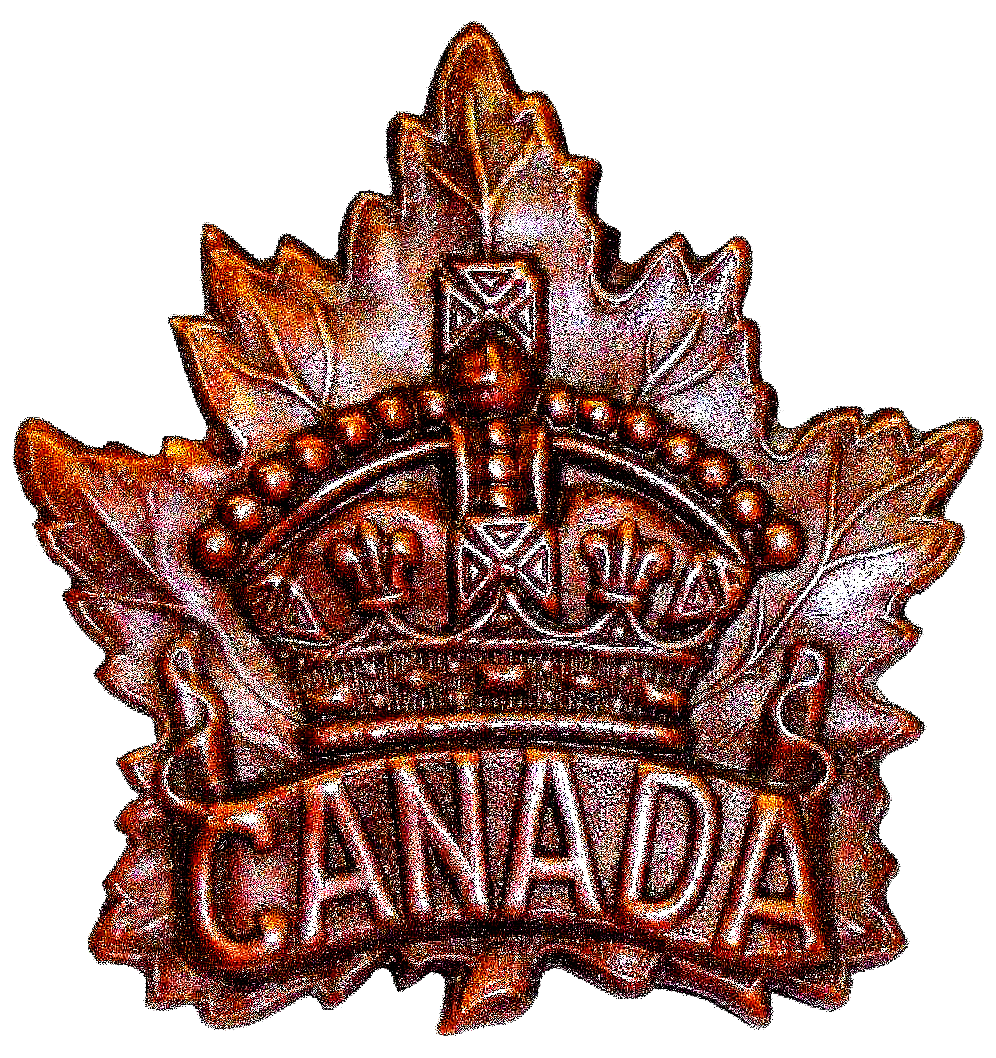
.png)
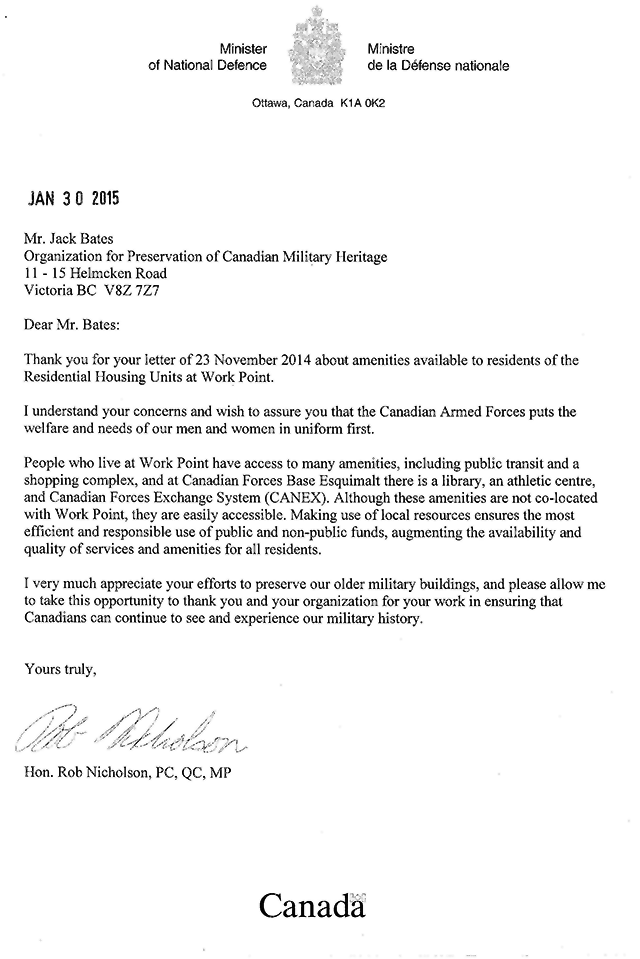
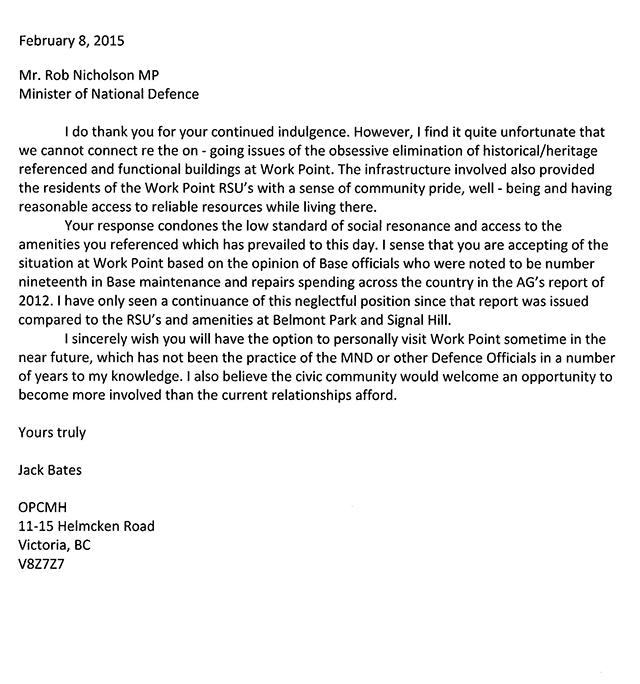
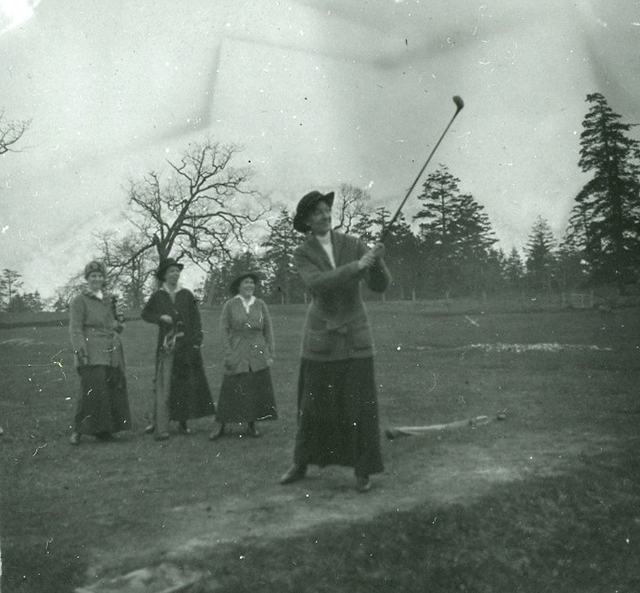
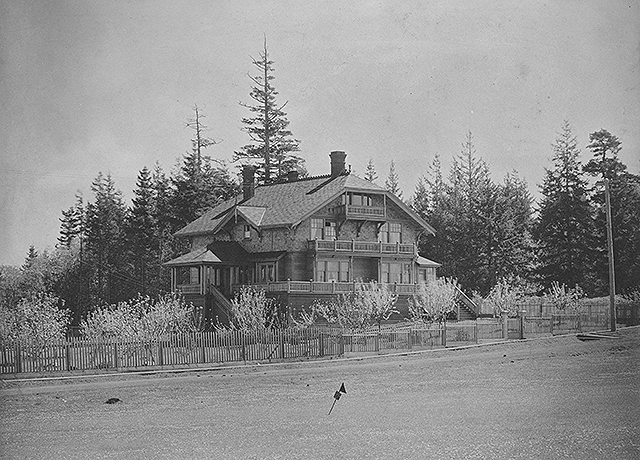
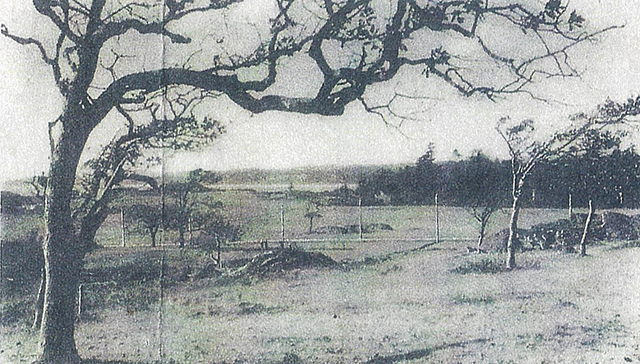
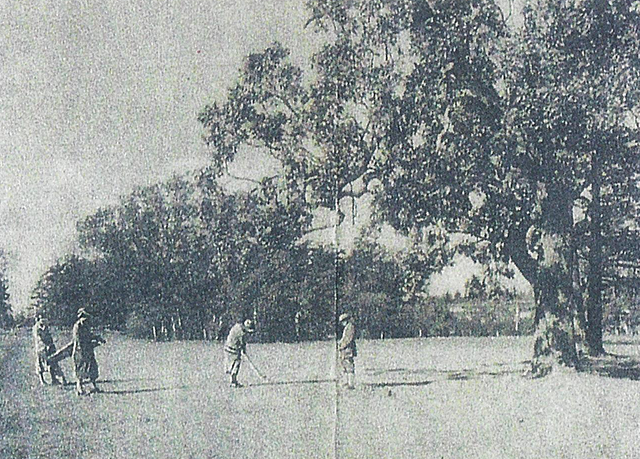
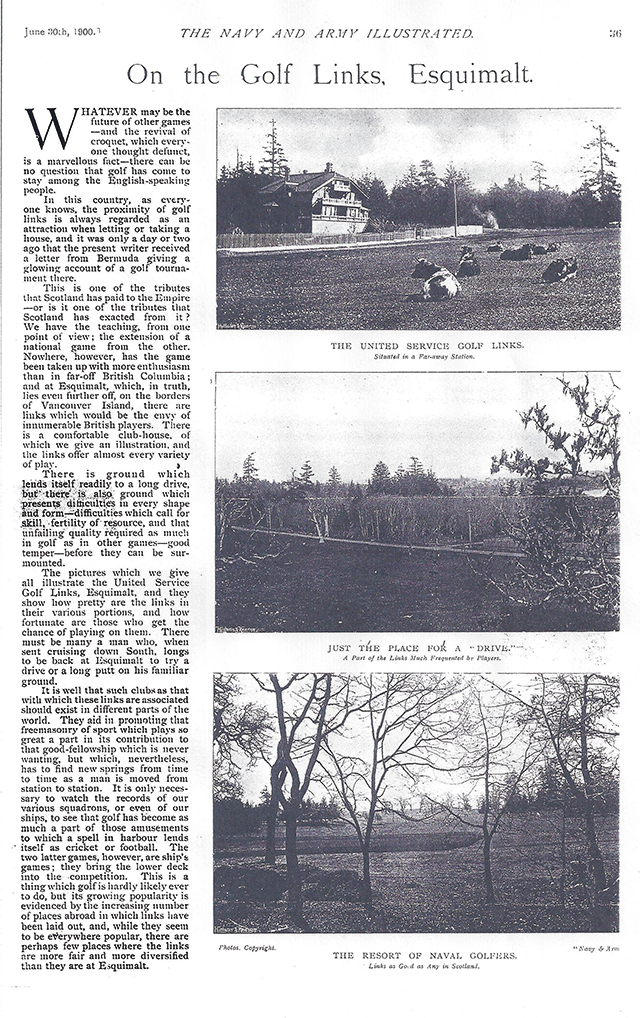
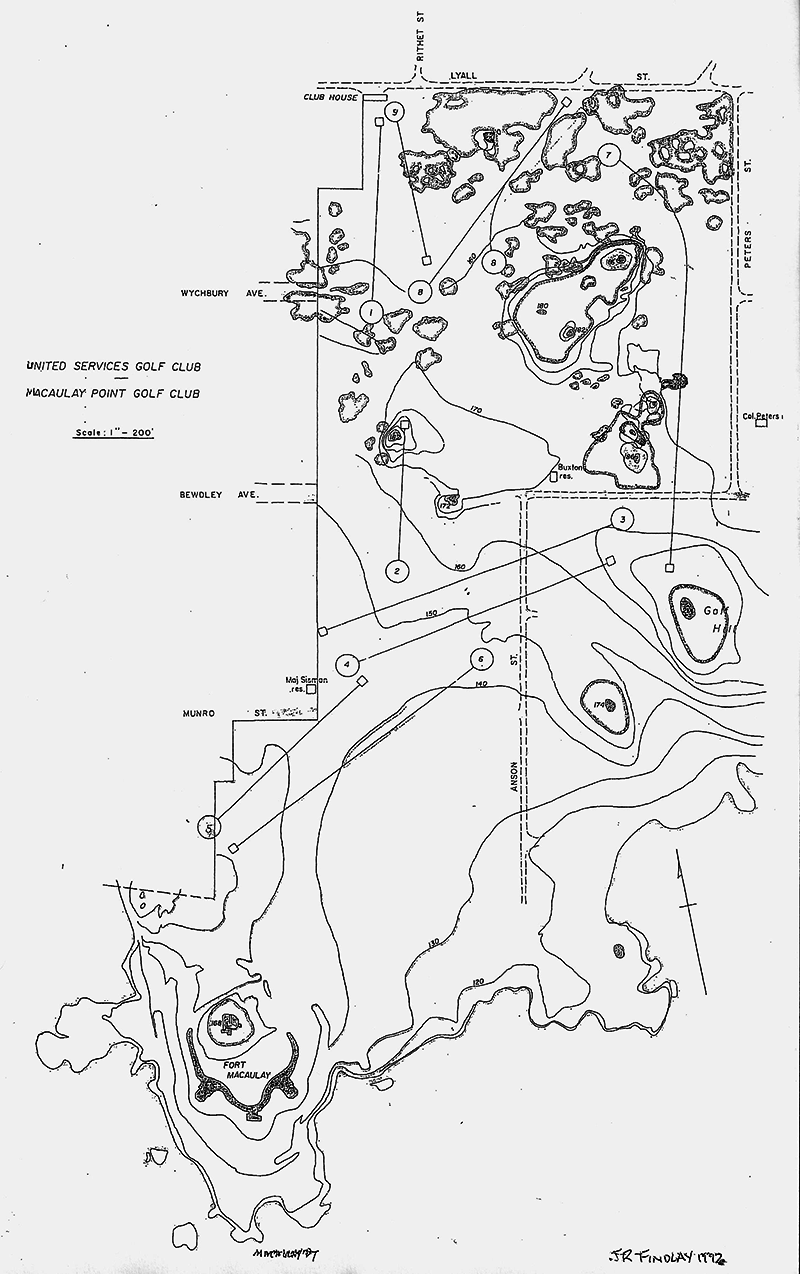
.png)
.png)
.png)
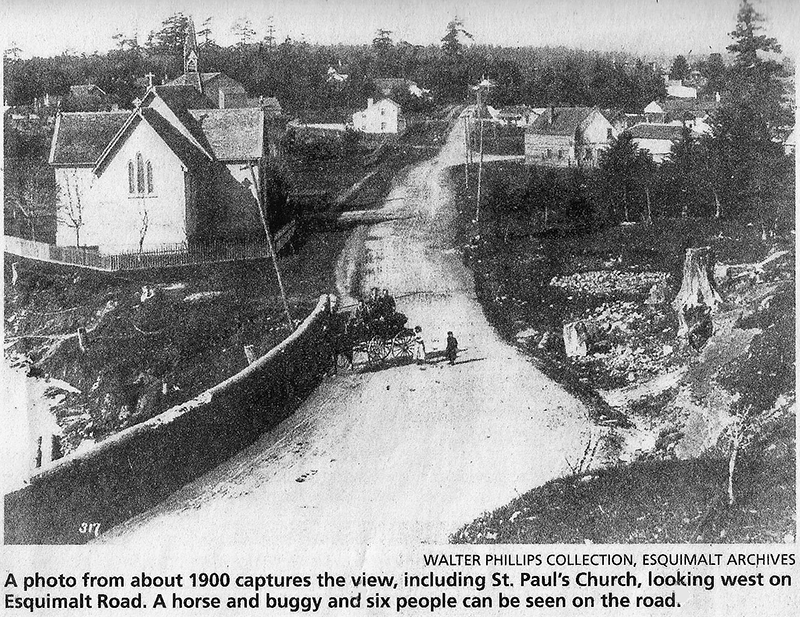
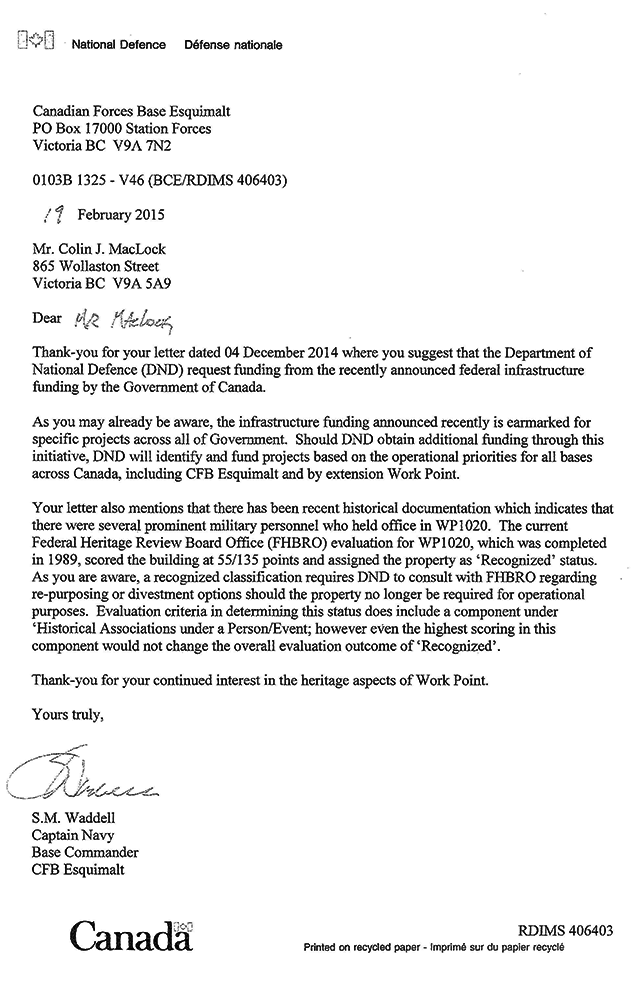
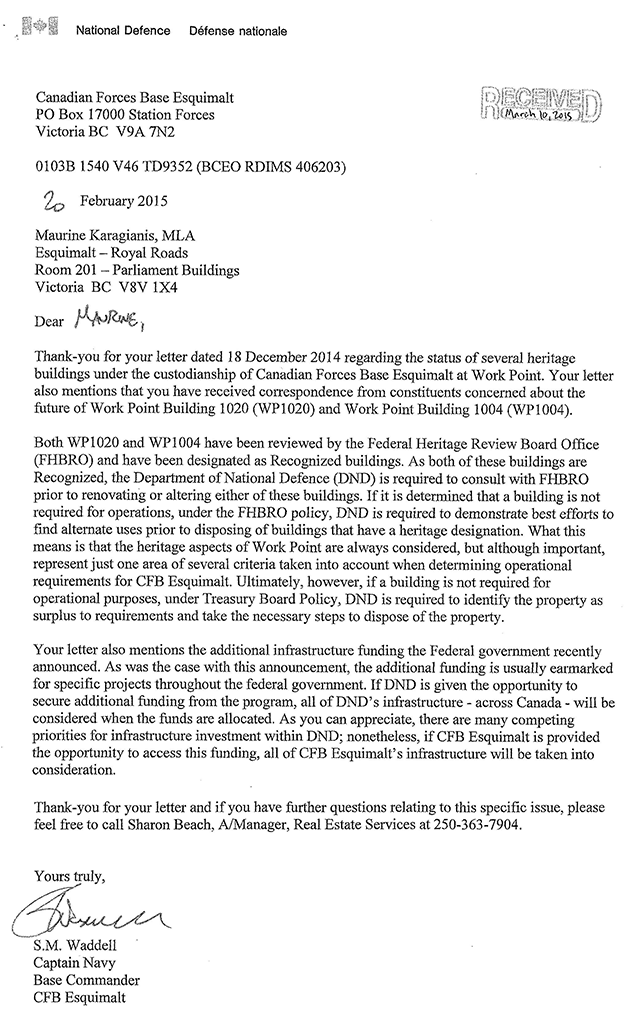
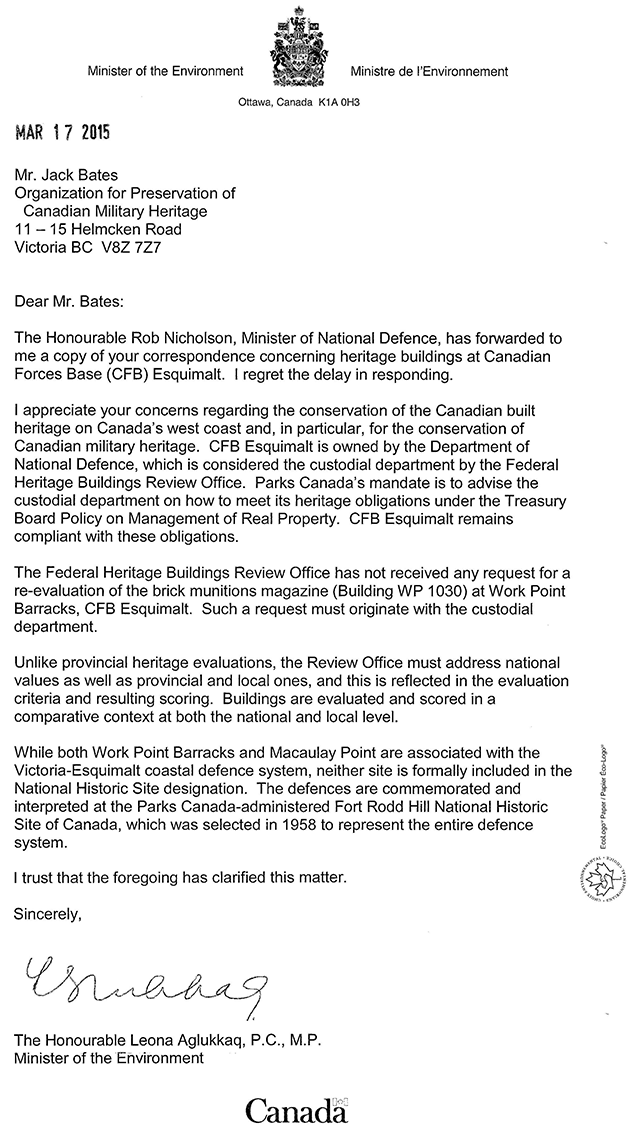
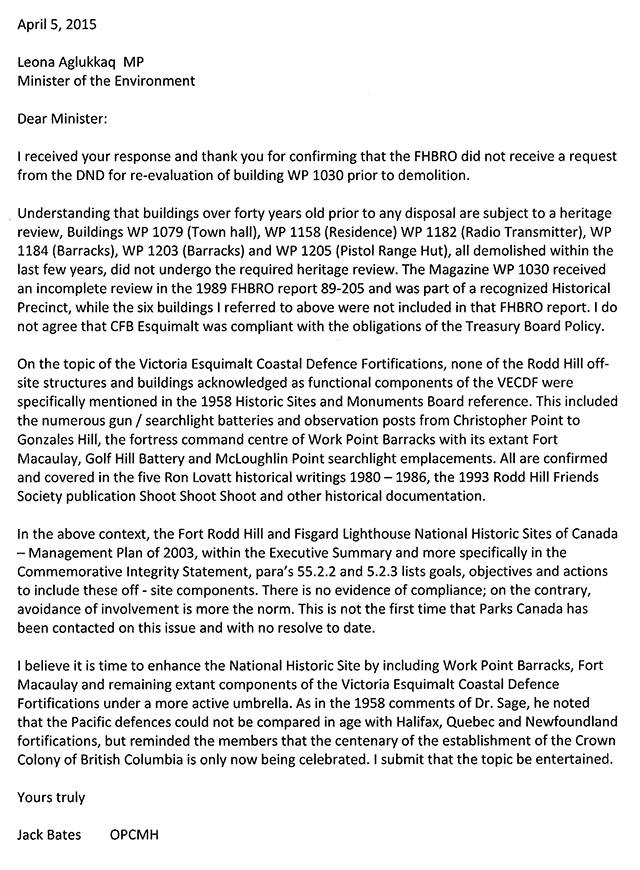
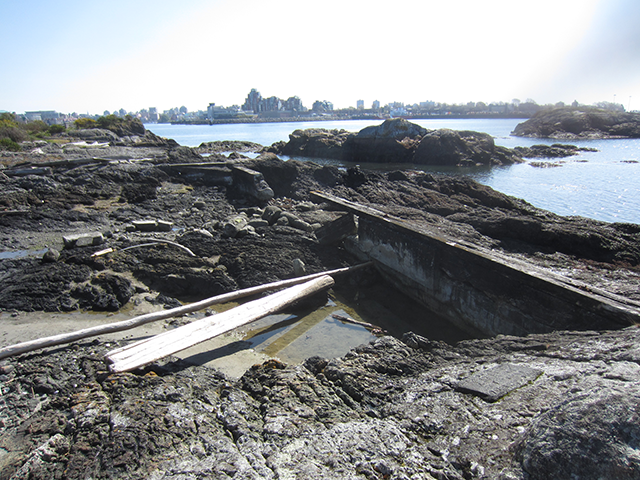
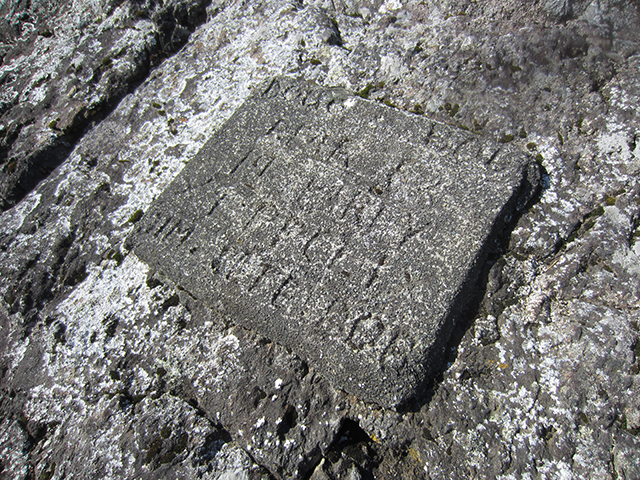
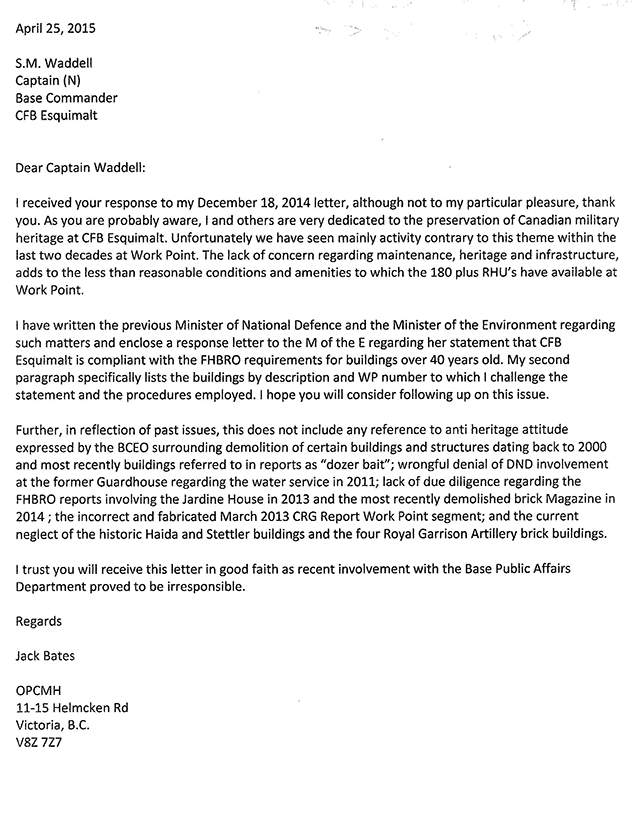
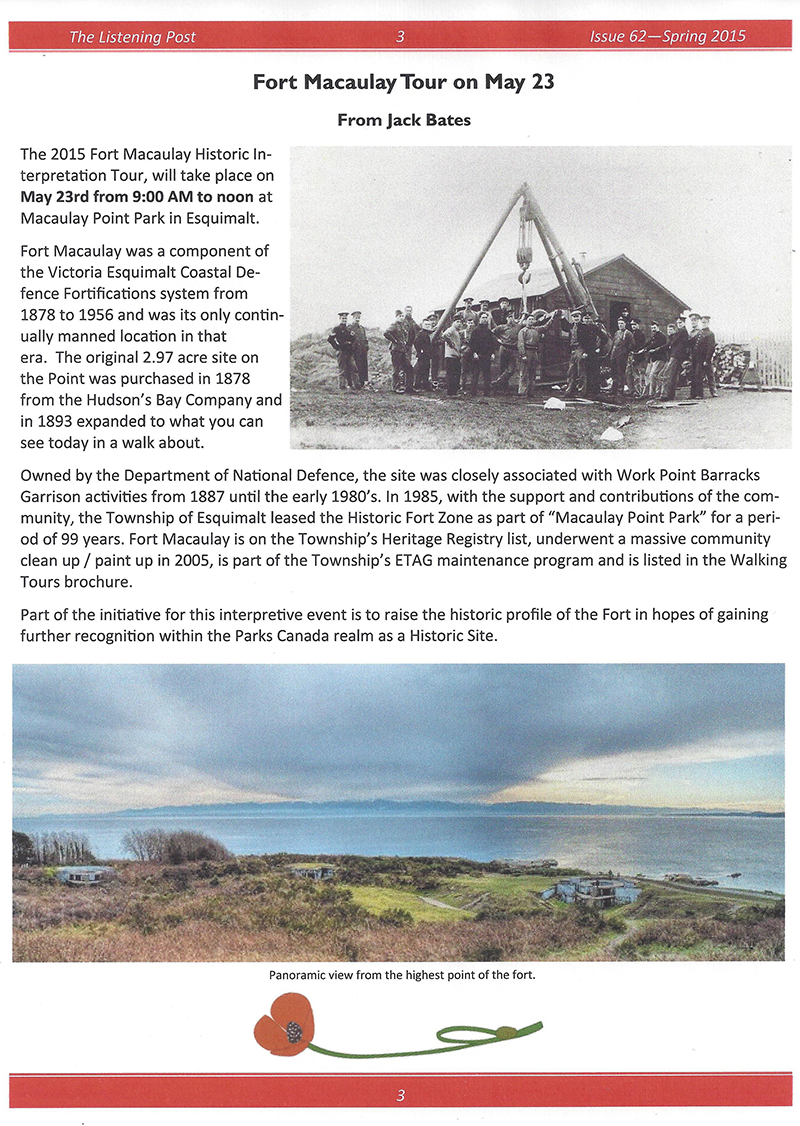
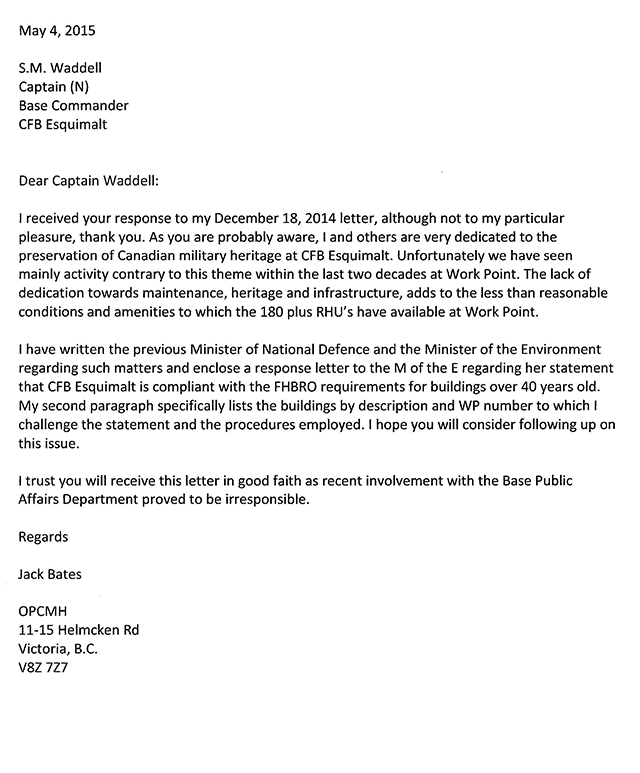
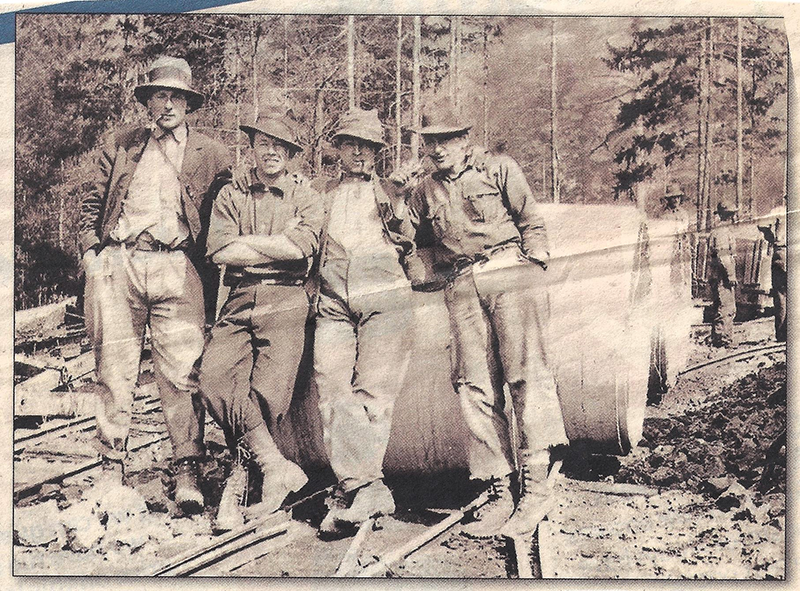



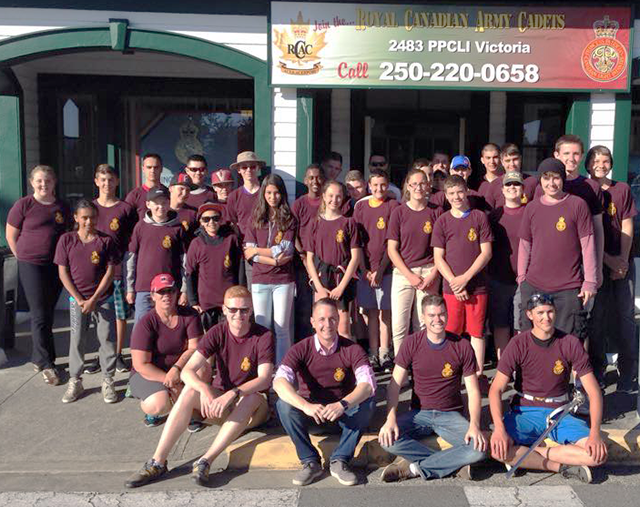
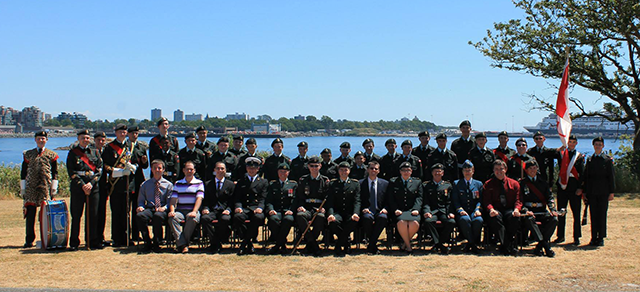
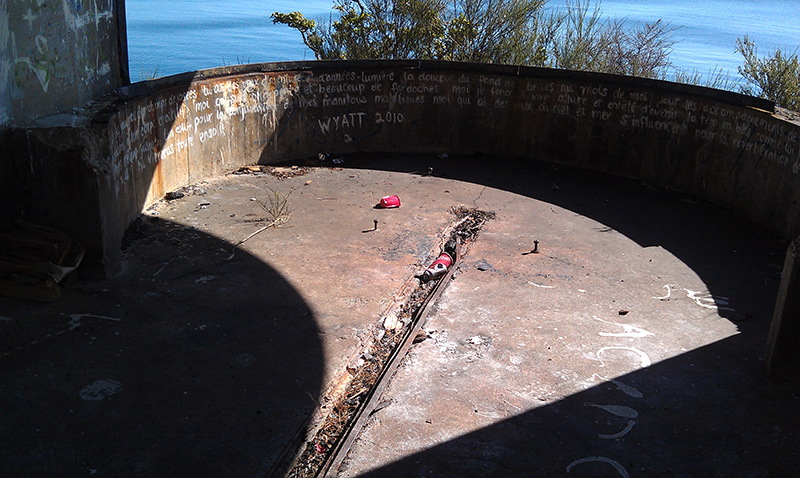
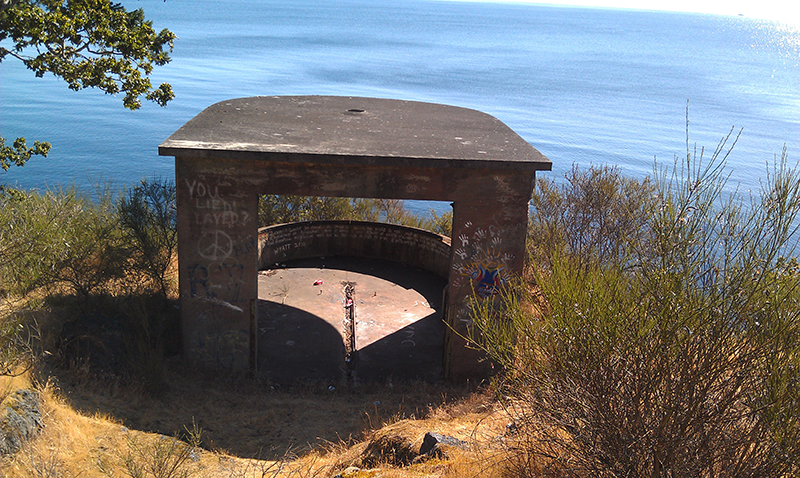
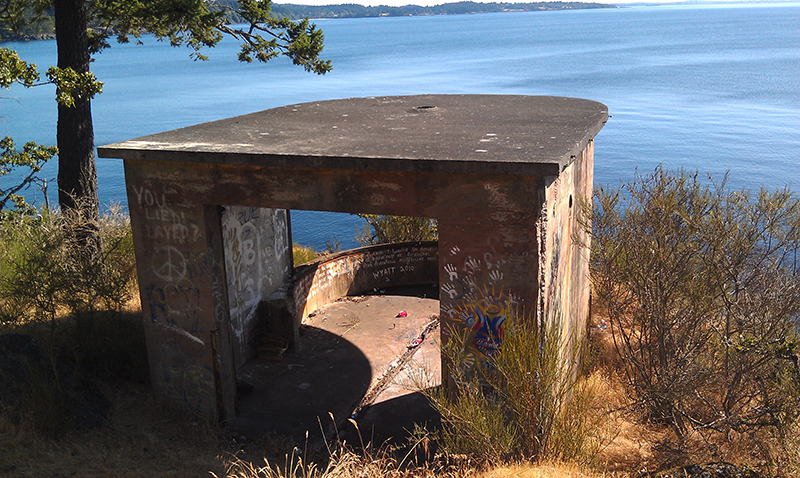
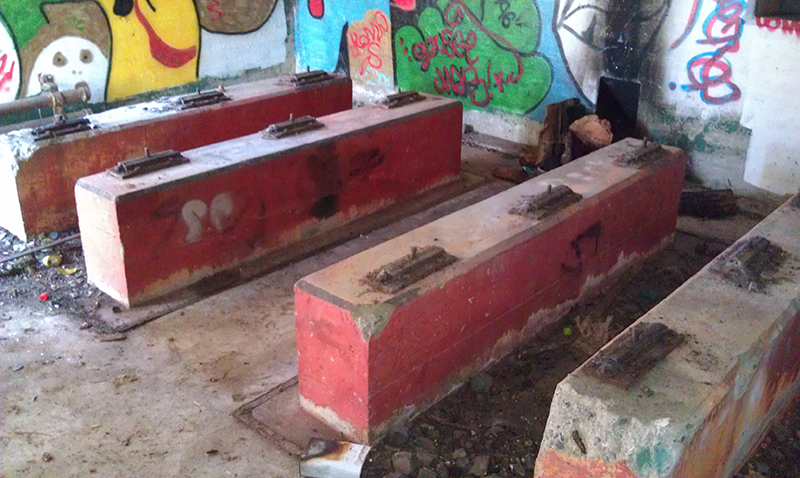
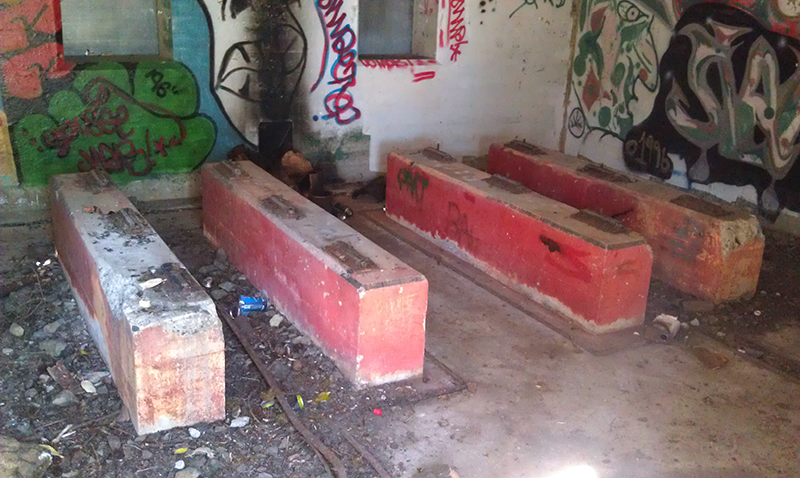
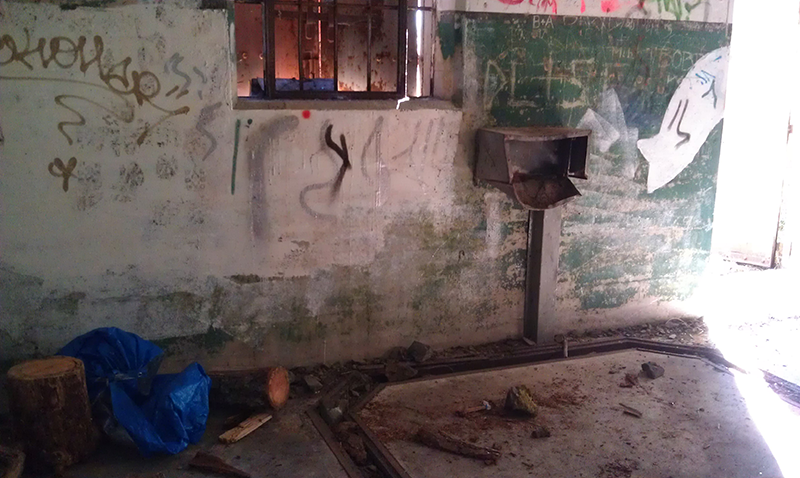
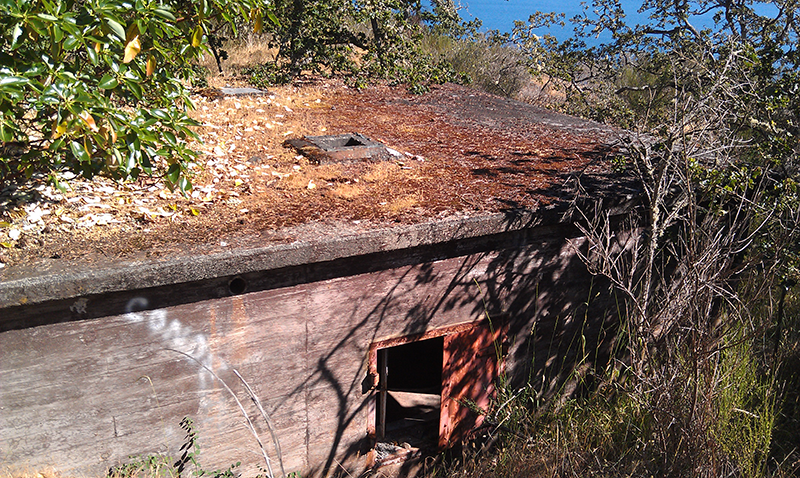
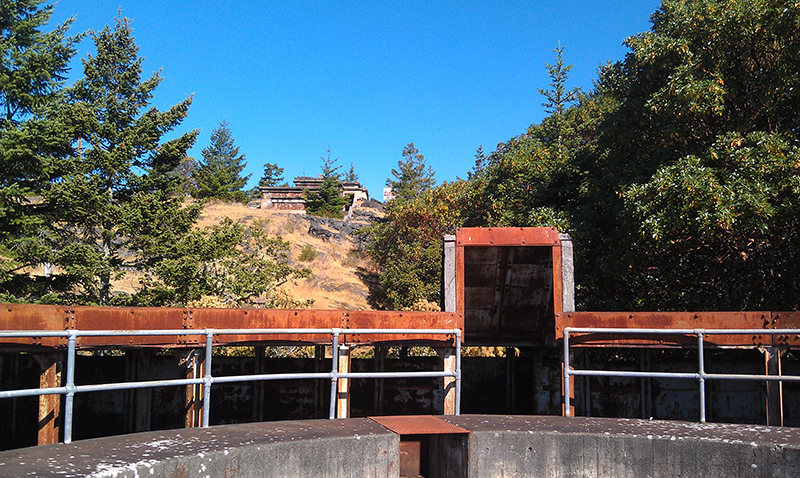
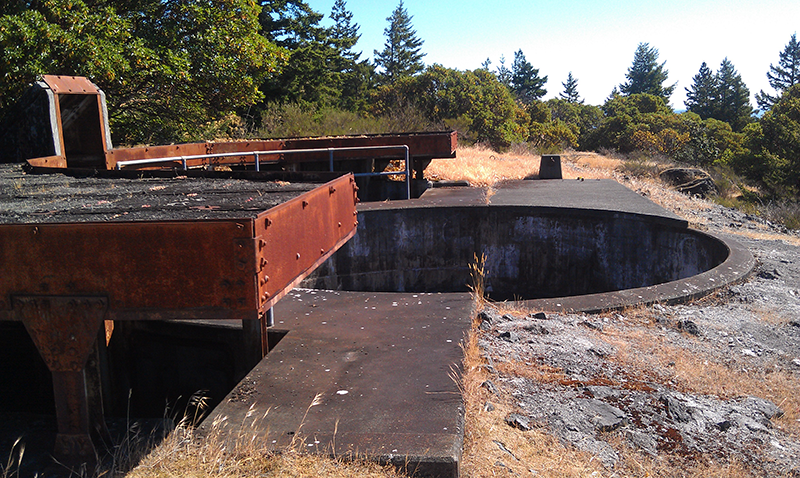
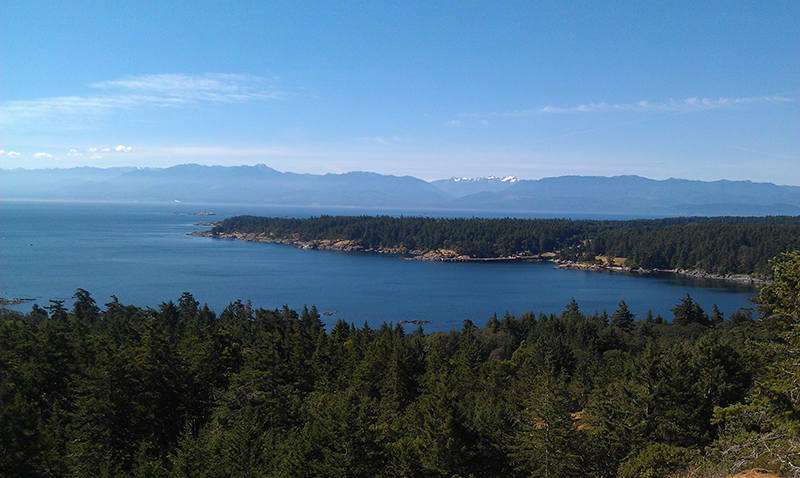
.png)
